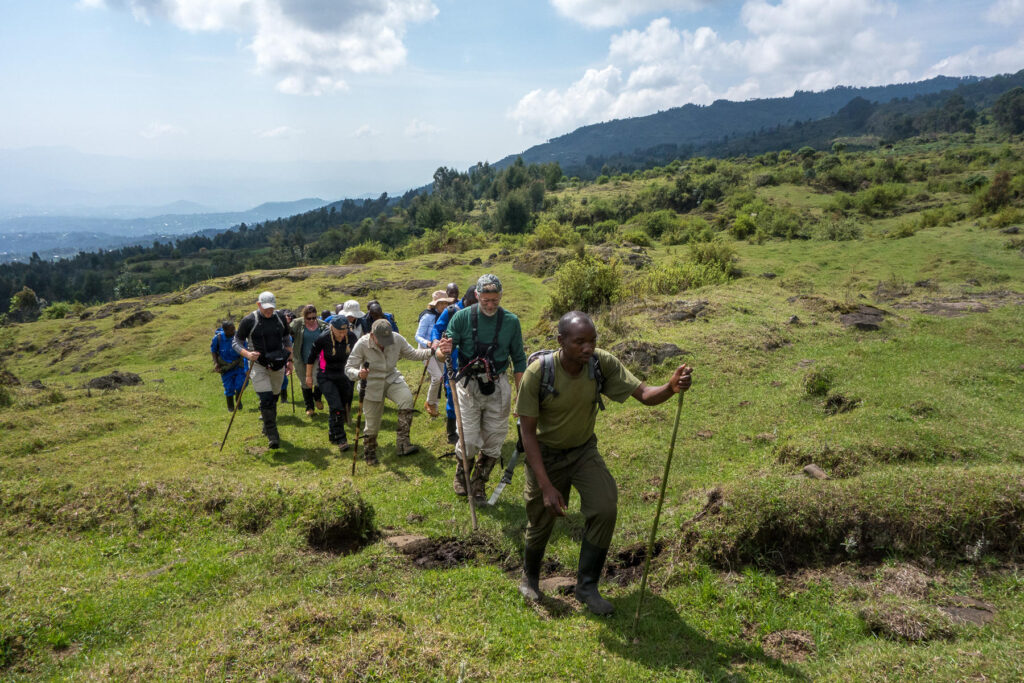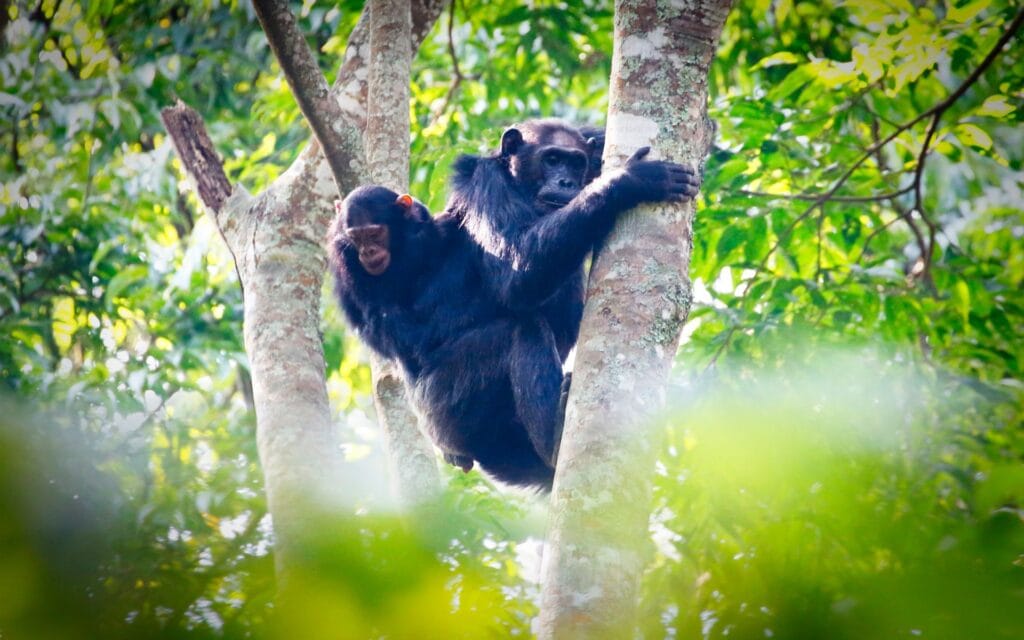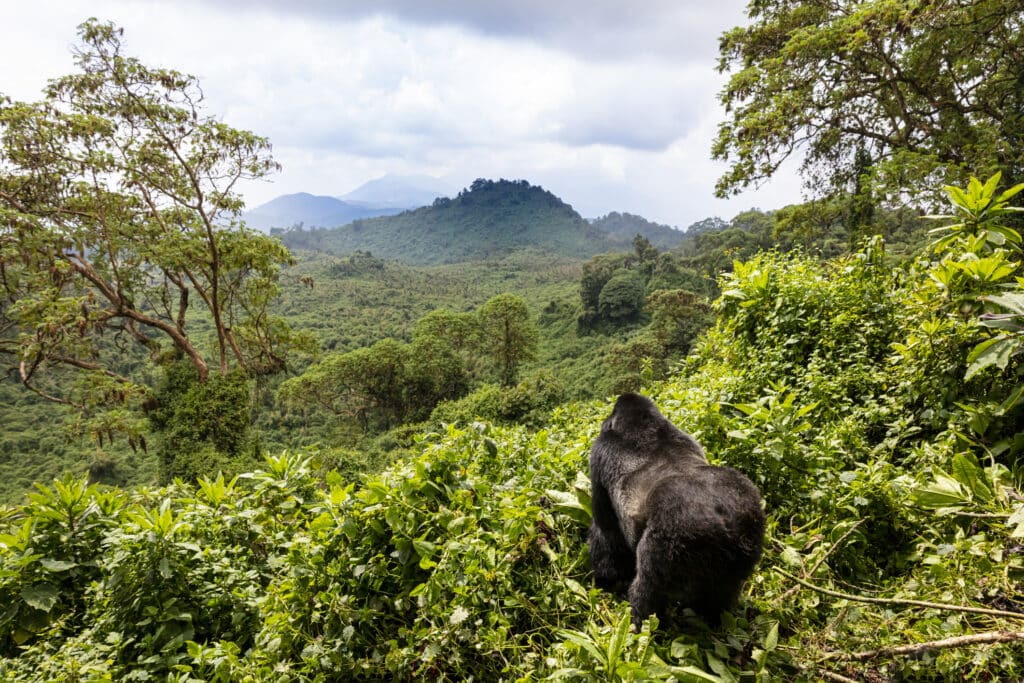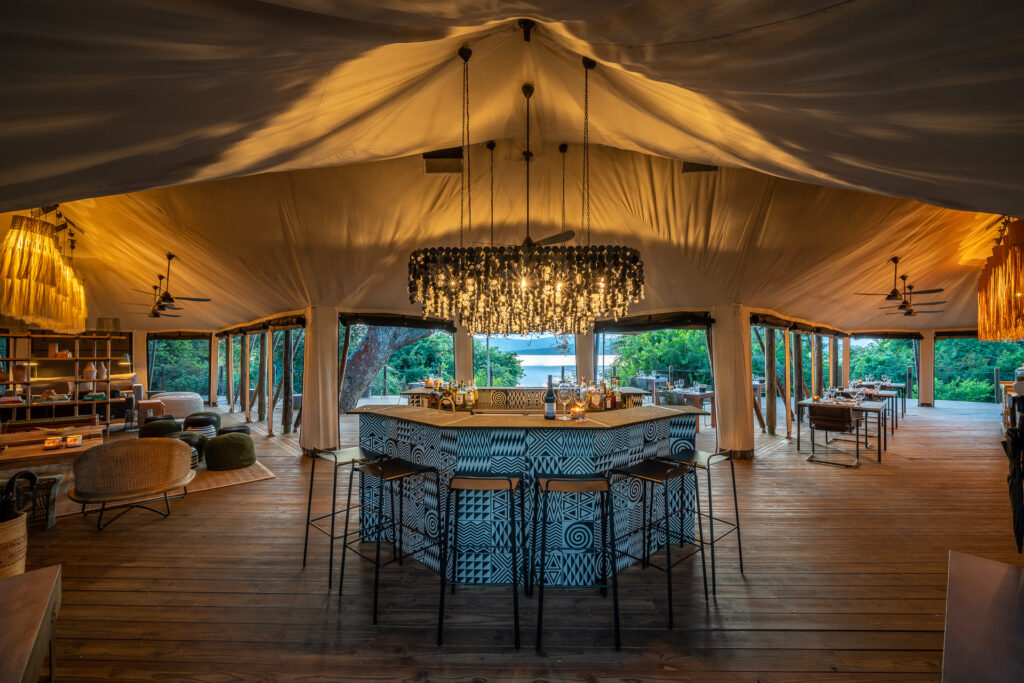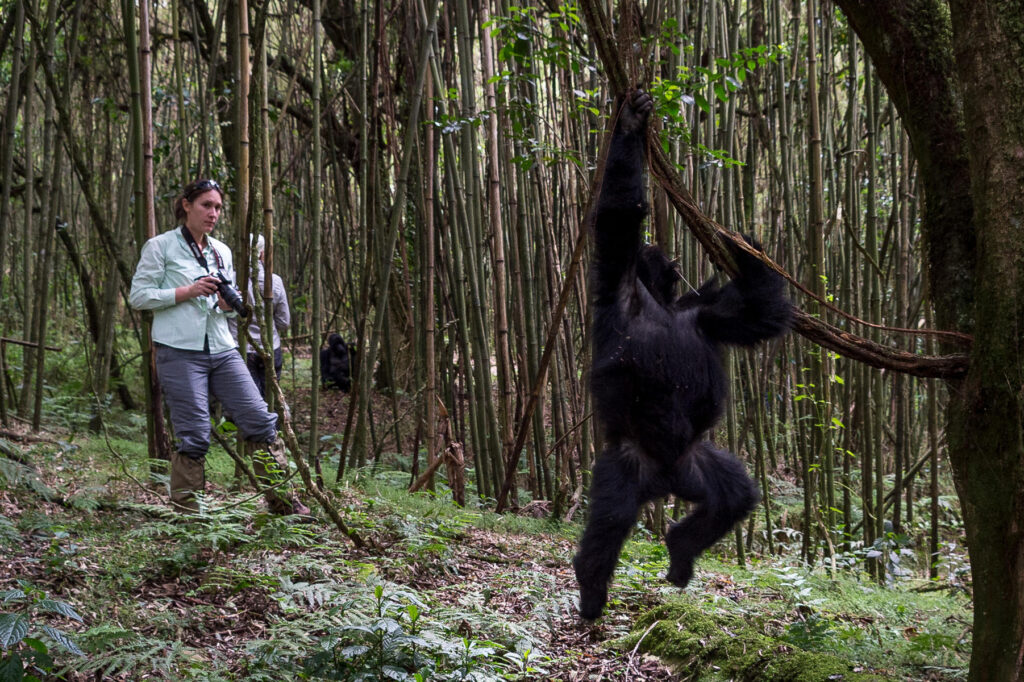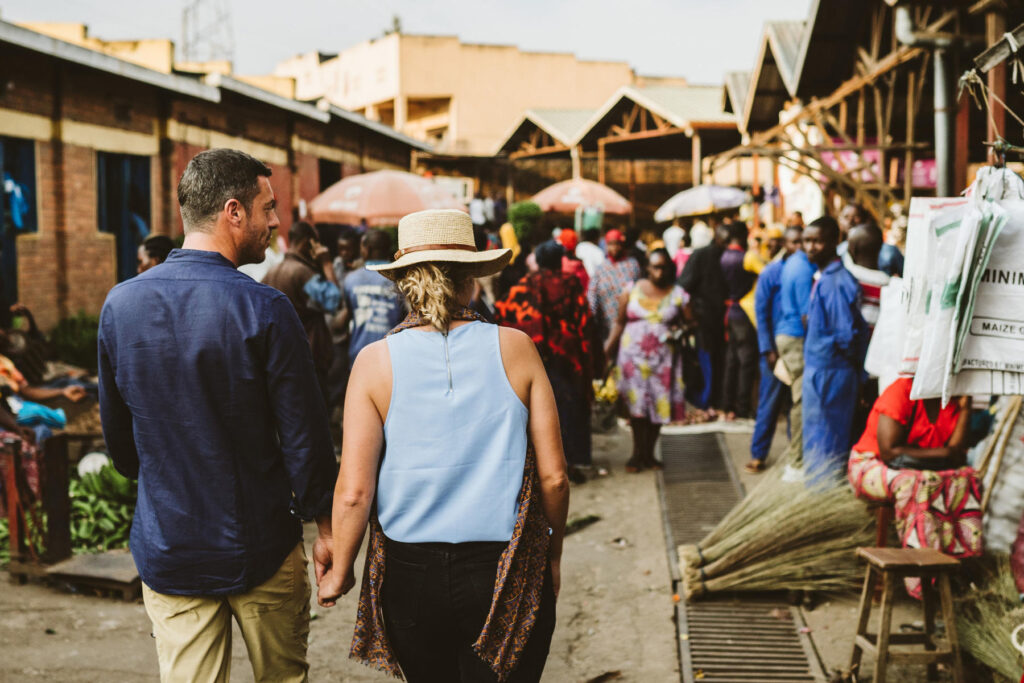Rwanda, the “Land of a Thousand Hills,” is renowned for its breathtaking landscapes and extraordinary wildlife experiences.
Home to the iconic mountain gorillas, Rwanda offers a unique blend of rich culture, stunning national parks, and captivating adventure.
Whether you’re trekking through dense forests in Volcanoes National Park, exploring the savannahs of Akagera National Park, or experiencing the serene beauty of Lake Kivu, Rwanda promises an unforgettable safari journey.
Embrace the spirit of Rwanda with its welcoming people, vibrant history, and remarkable biodiversity,









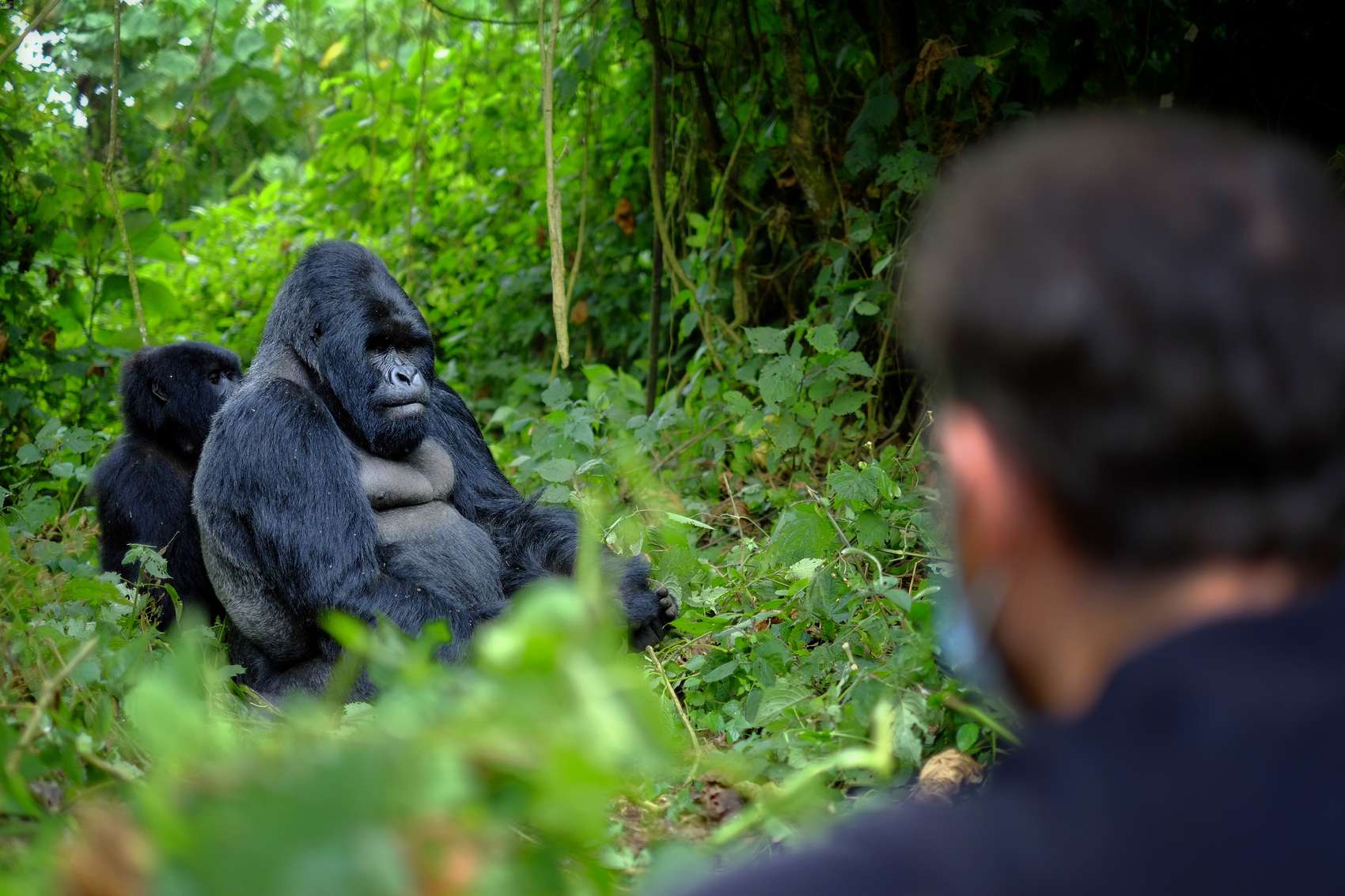


 Copy Link
Copy Link
 Share on LinkedIn
Share on LinkedIn
 Share on Facebook
Share on Facebook

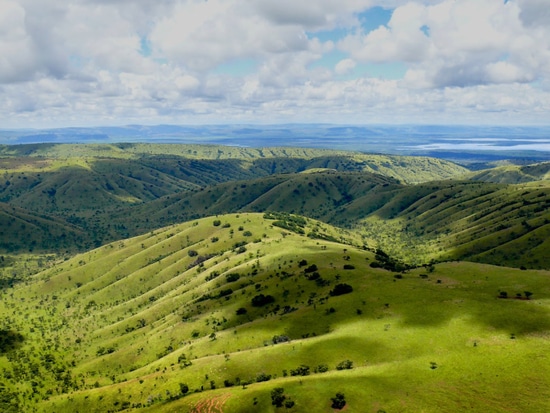

 Defassa waterbuck
Defassa waterbuck 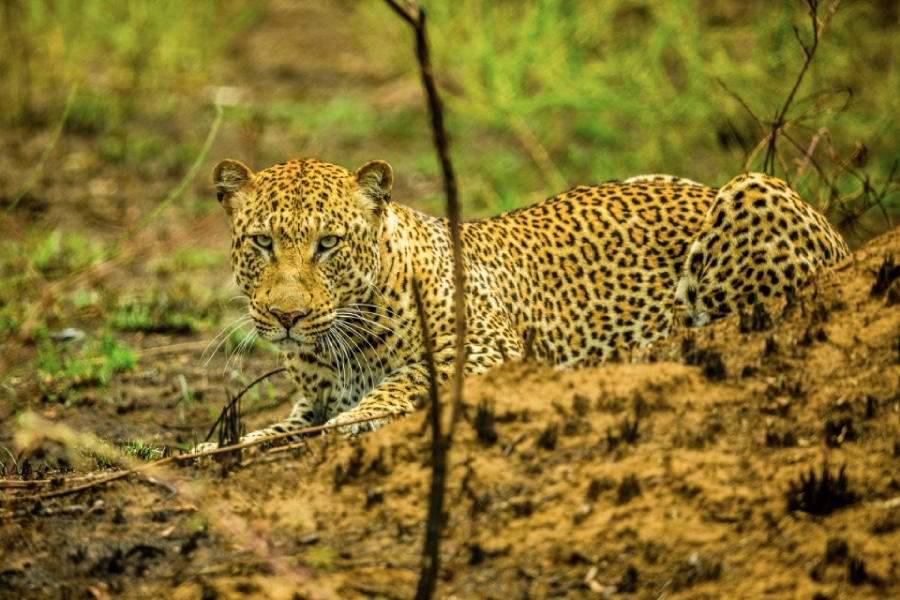
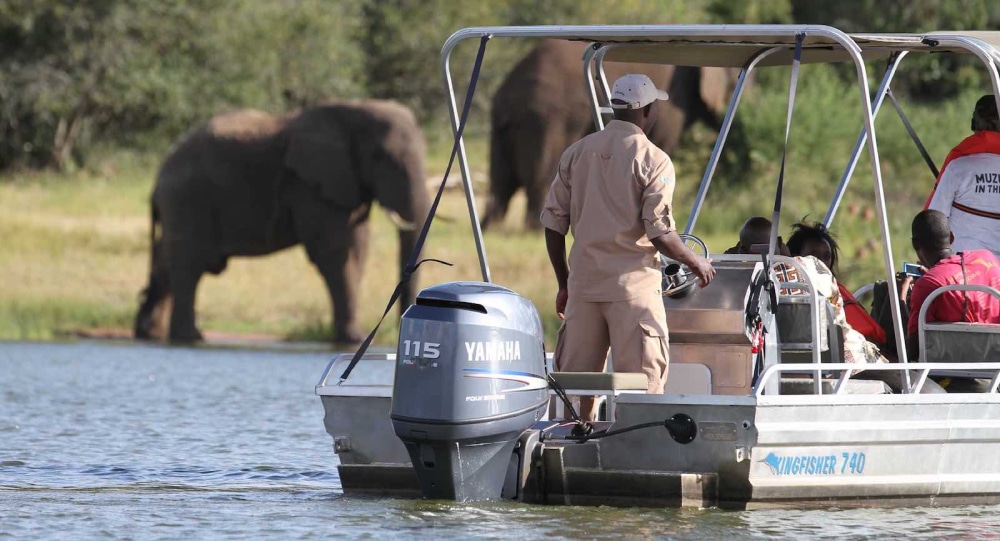
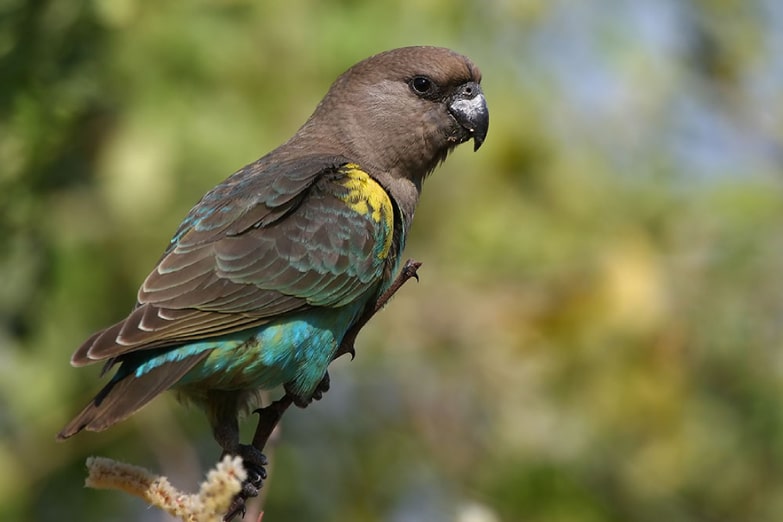 Meyer’s parrot
Meyer’s parrot 
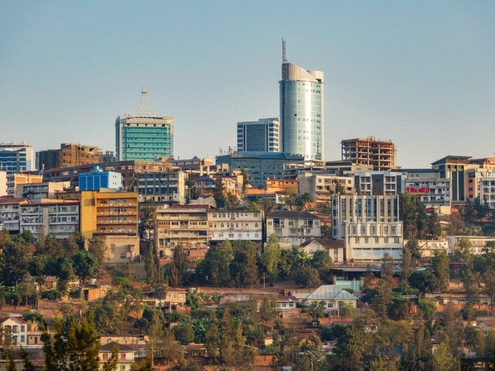 Kigali’s skyline | Credit: The Independent
Kigali’s skyline | Credit: The Independent 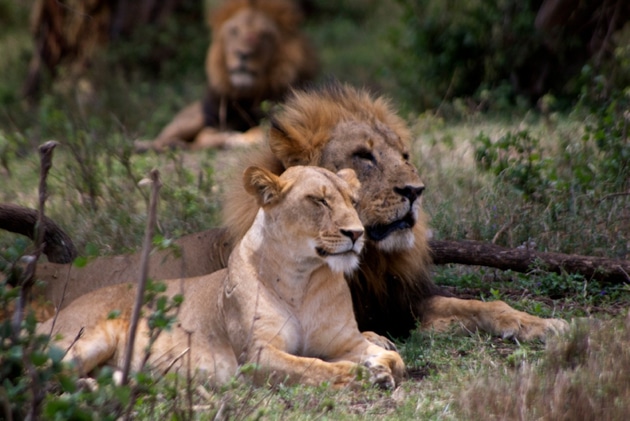
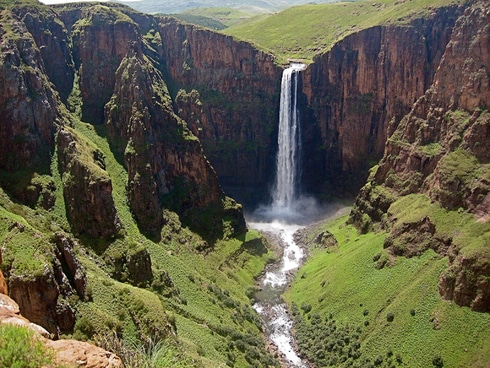 Situated to the south of Akagera National Park, Rusumo Falls is a voluminous rush of white water formed by the Akagera River as it surges below the bridge between the Rwandan and Tanzanian border posts. In 1994, the bridge at Rusumo was the funnel through which an estimated 500,000 Rwandans – half of them within one 24-hour period – fled from their home country to refugee camps in northwest Tanzania.
Situated to the south of Akagera National Park, Rusumo Falls is a voluminous rush of white water formed by the Akagera River as it surges below the bridge between the Rwandan and Tanzanian border posts. In 1994, the bridge at Rusumo was the funnel through which an estimated 500,000 Rwandans – half of them within one 24-hour period – fled from their home country to refugee camps in northwest Tanzania. Unique Imigongo patterning
Unique Imigongo patterning 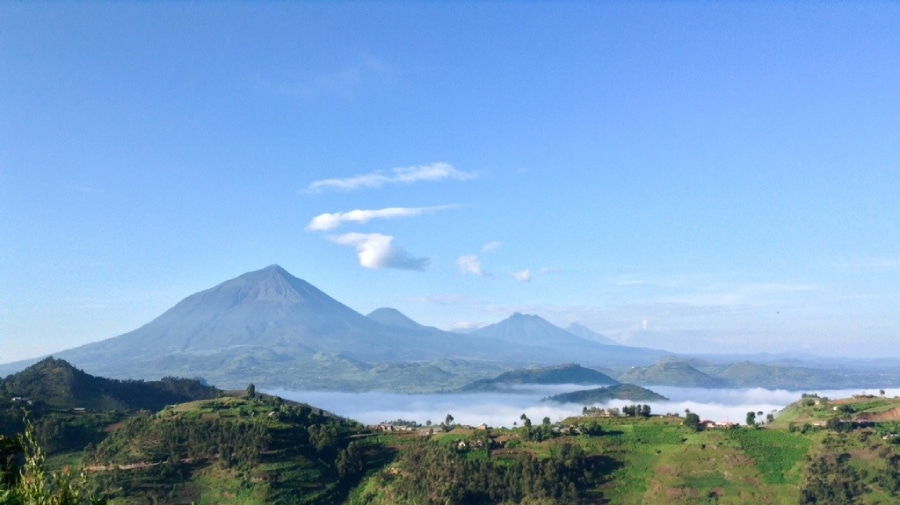 Mount Muhabura
Mount Muhabura 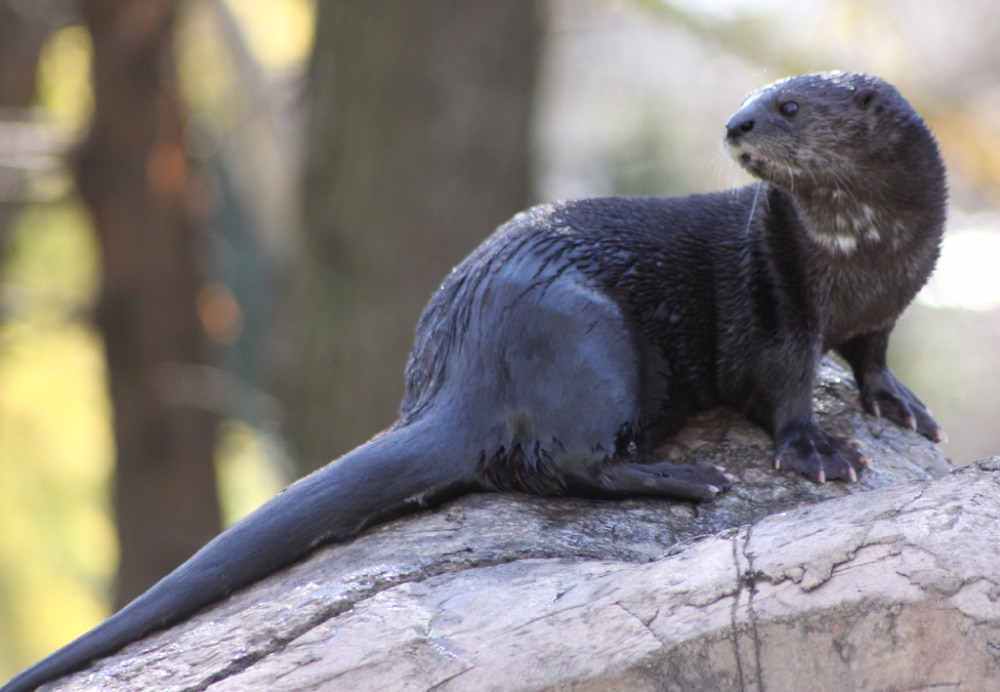 Spotted-necked otter
Spotted-necked otter 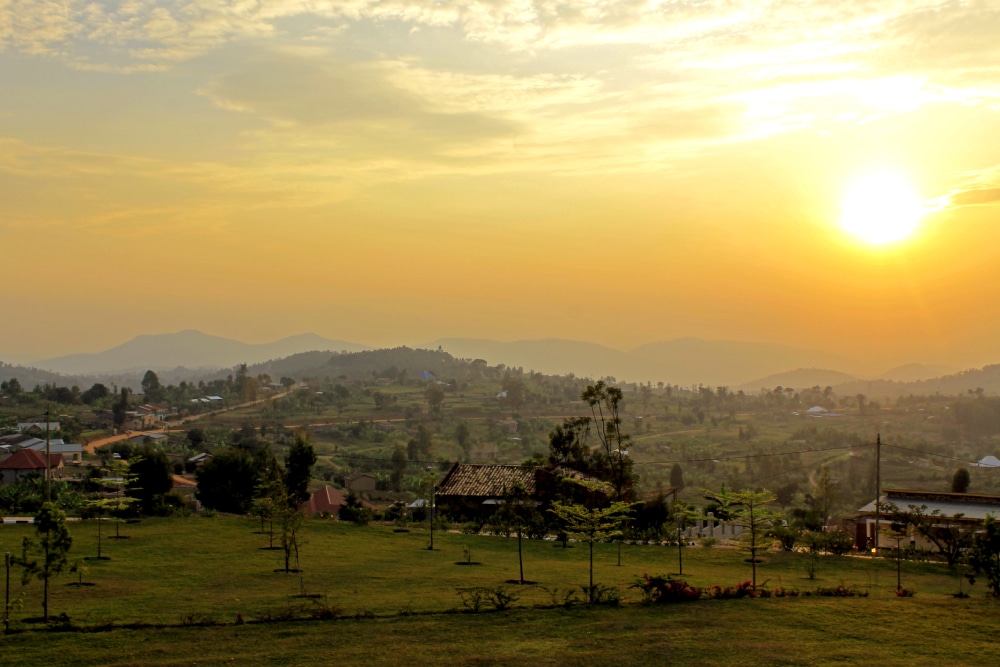 Nyanza hills
Nyanza hills 
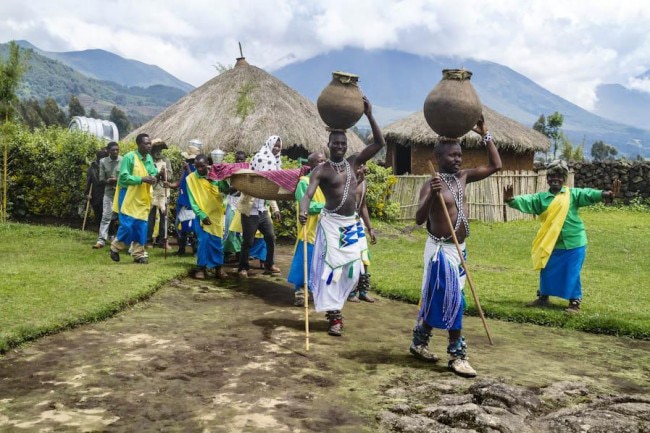 National Museum Huye
National Museum Huye 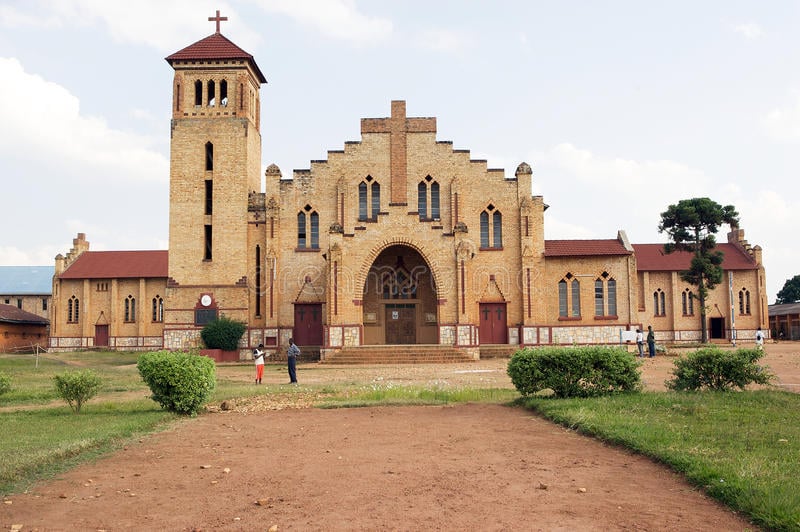
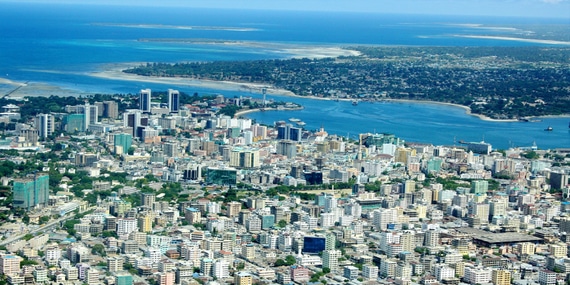
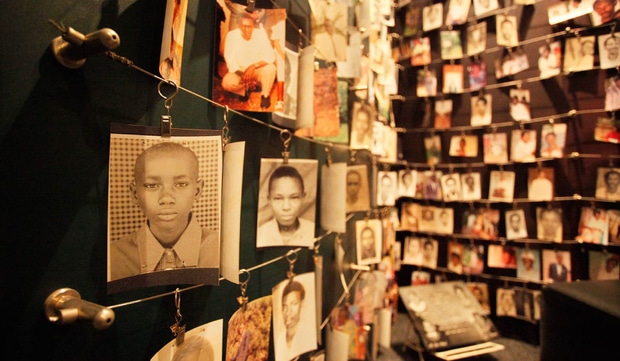
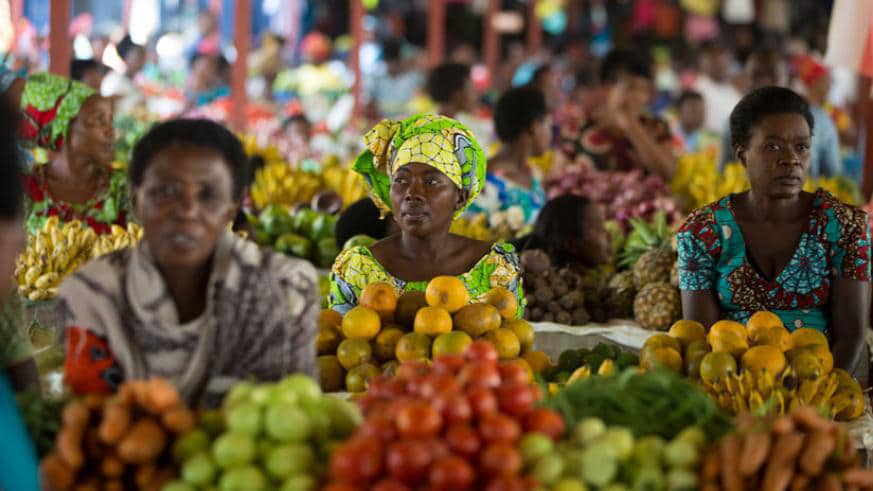
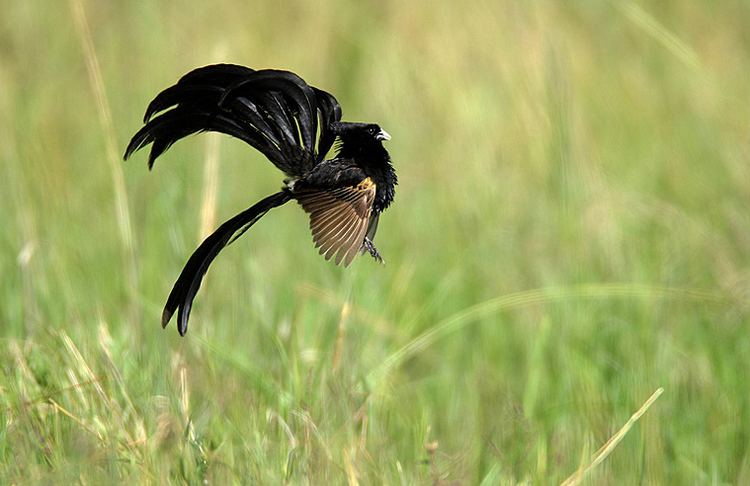
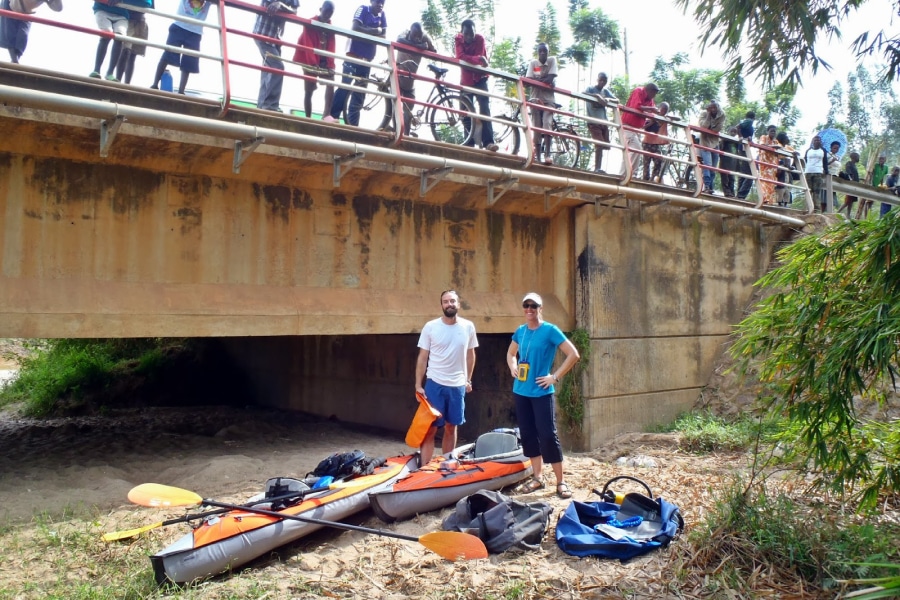
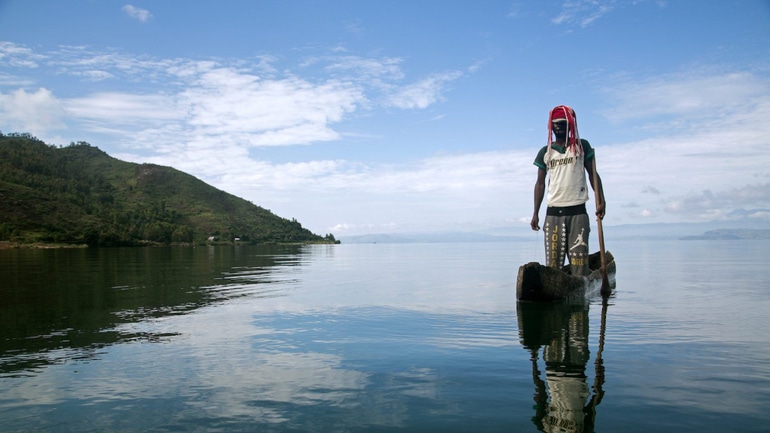 Lake Kivu | Credit: myafritrip.com
Lake Kivu | Credit: myafritrip.com 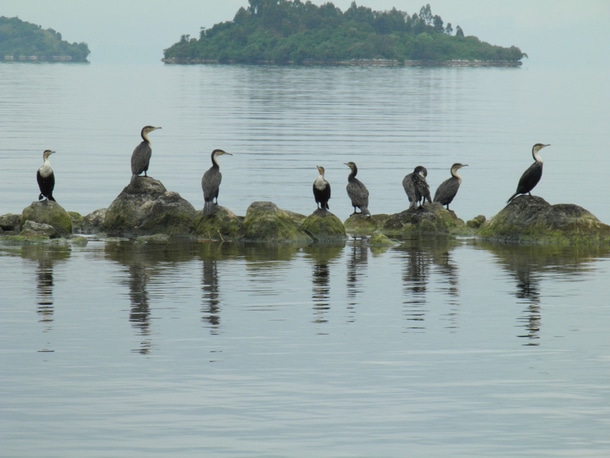
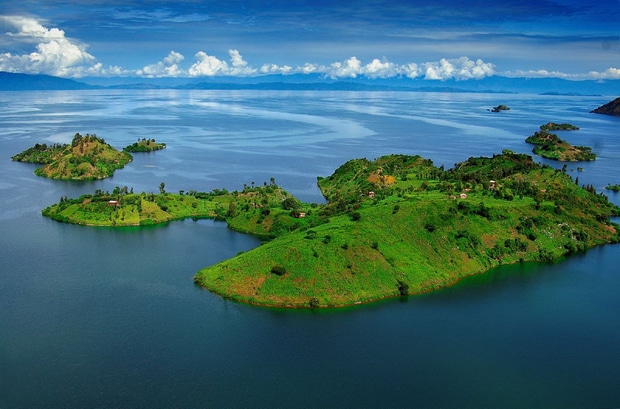
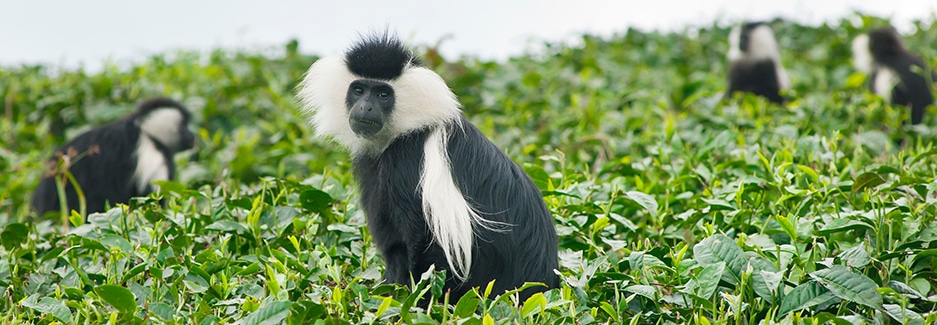
 The lakeside village of Rubona
The lakeside village of Rubona 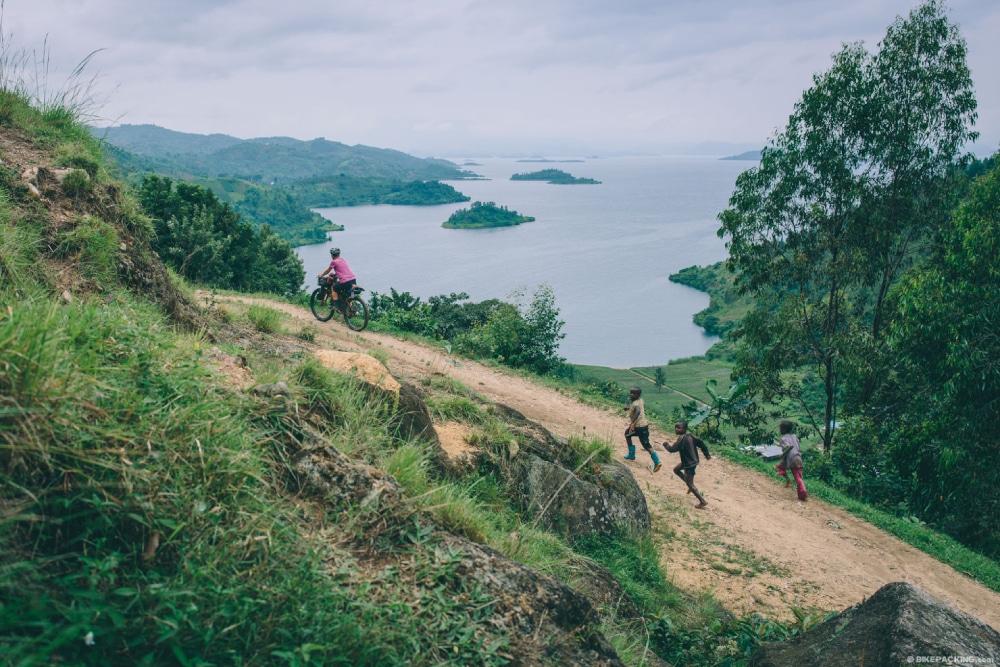 Biking the Congo-Nile Trail | Credit: Bike Packing
Biking the Congo-Nile Trail | Credit: Bike Packing 
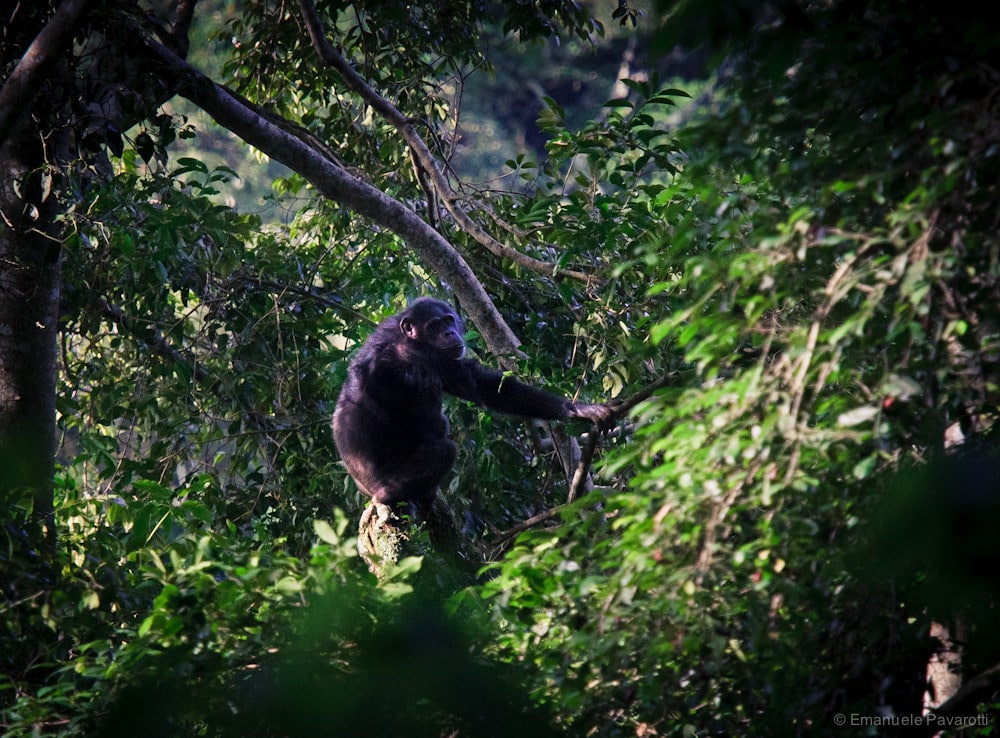 Credit: Emanuele Pavarotti
Credit: Emanuele Pavarotti  Rare Grey-cheeked Mangabey
Rare Grey-cheeked Mangabey 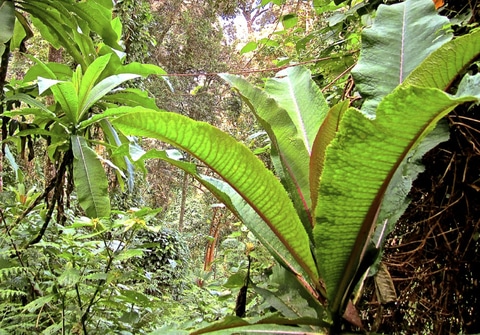 Giant lobilias
Giant lobilias 
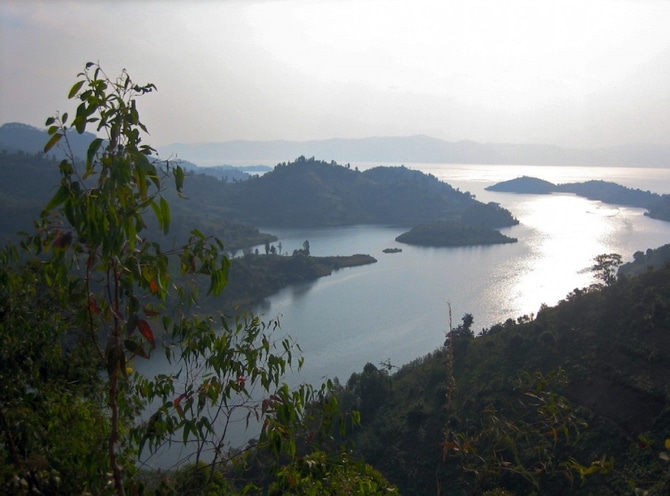 Lake Kivu
Lake Kivu 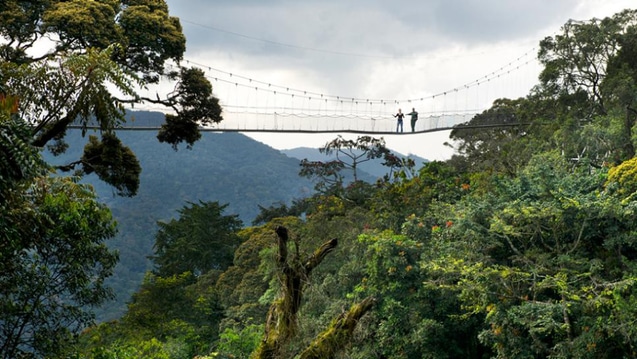 Canopy Walk, Nyungwe Forest
Canopy Walk, Nyungwe Forest 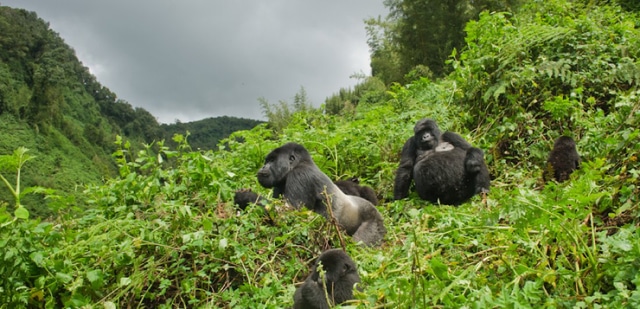

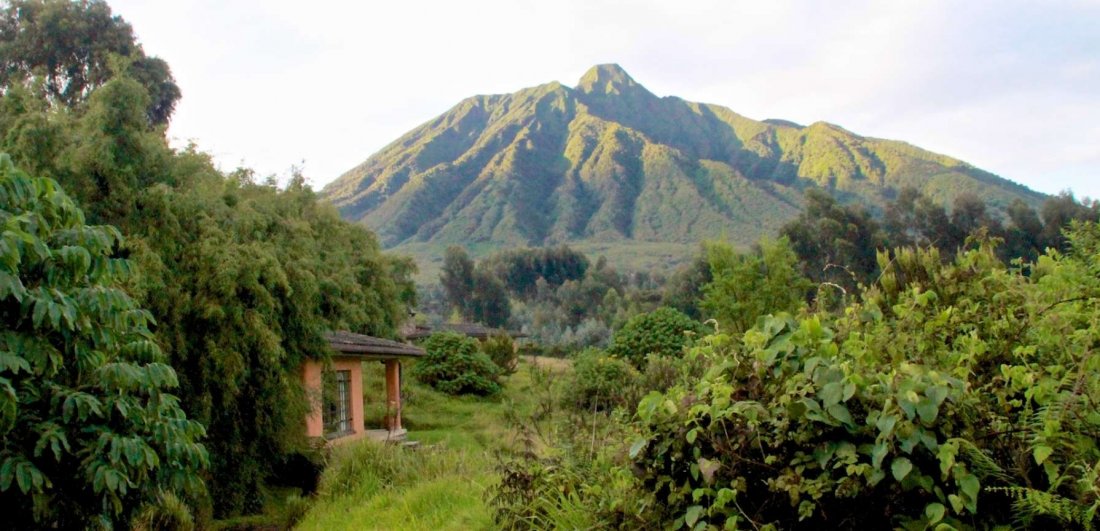
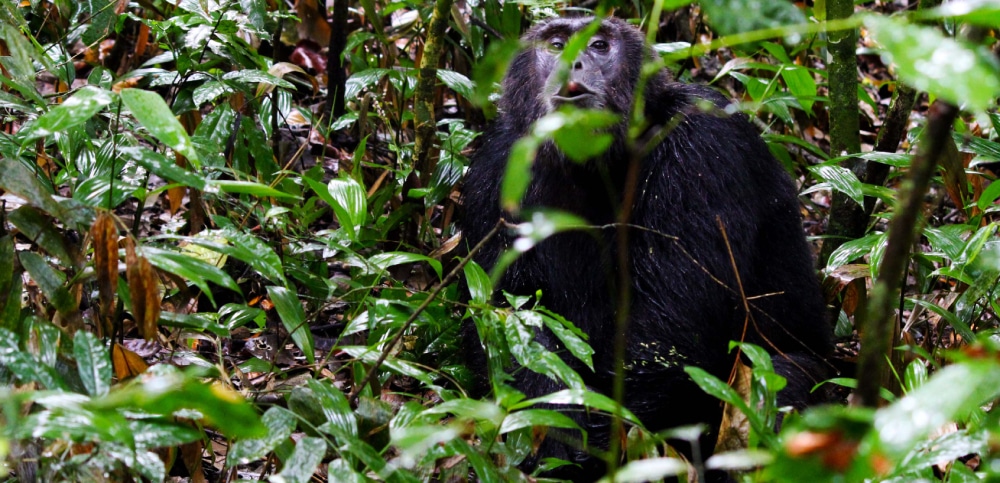
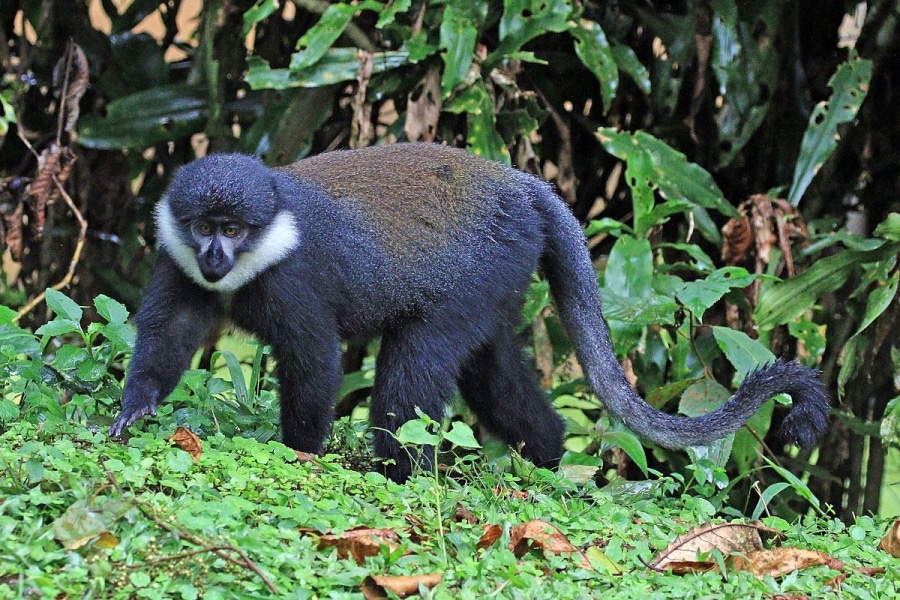 L’Hoest’s monkey
L’Hoest’s monkey 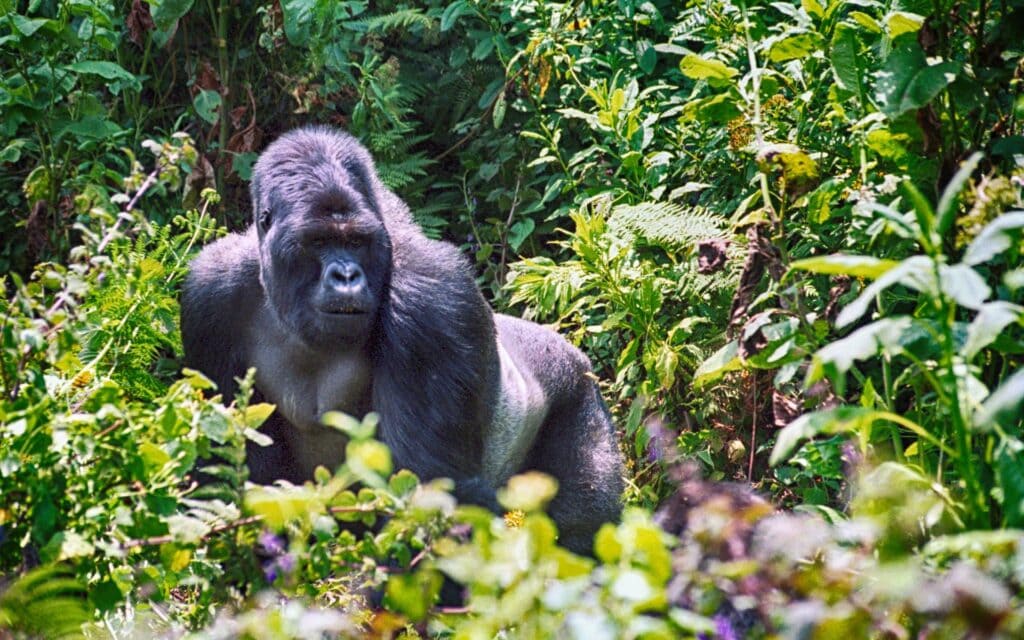
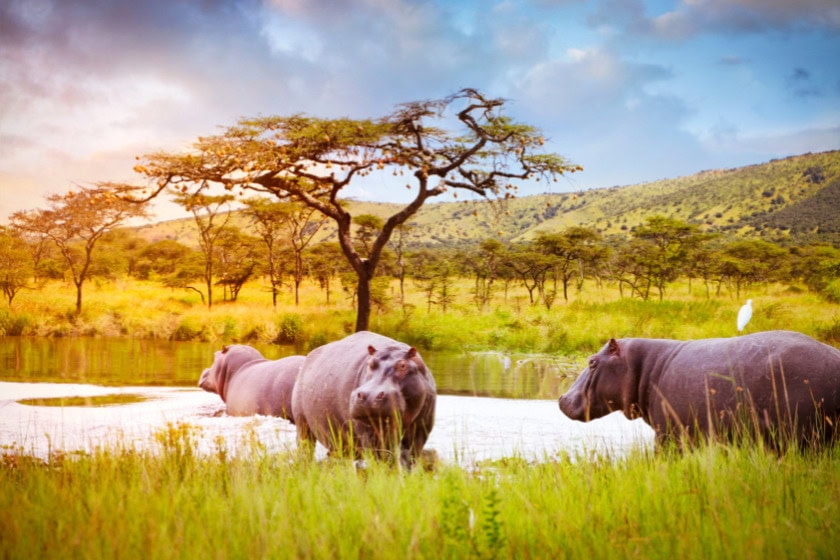
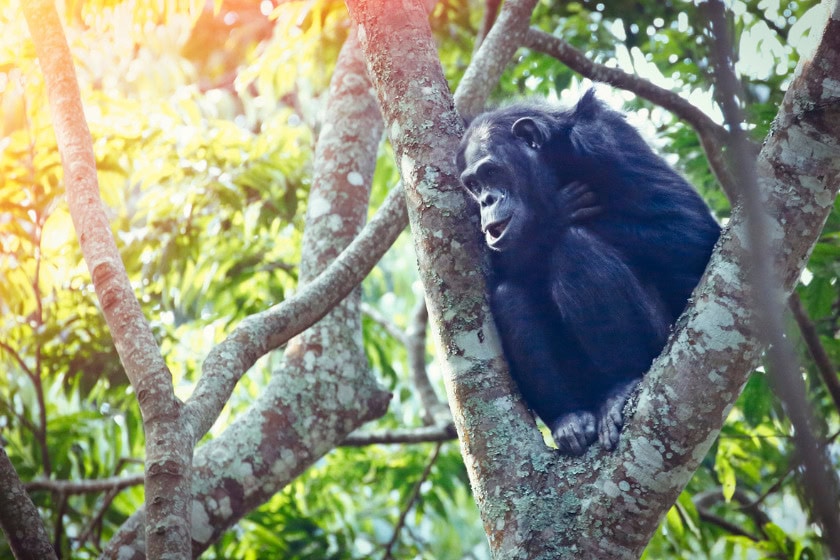


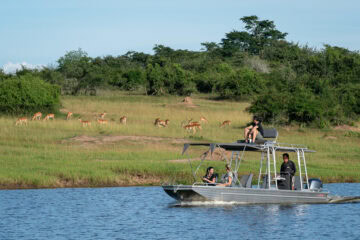

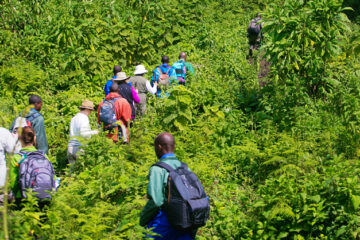
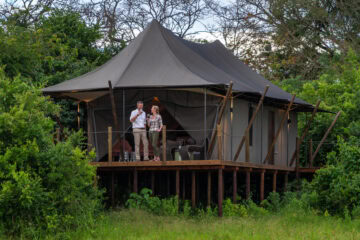
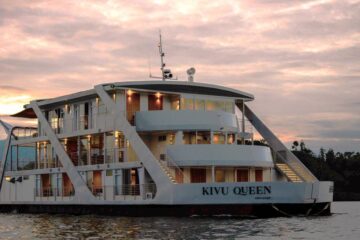
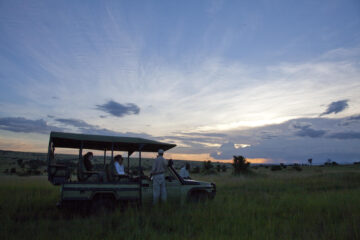

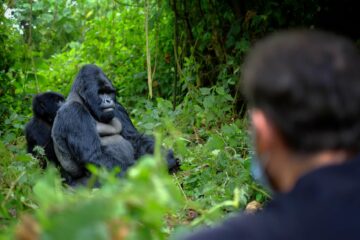

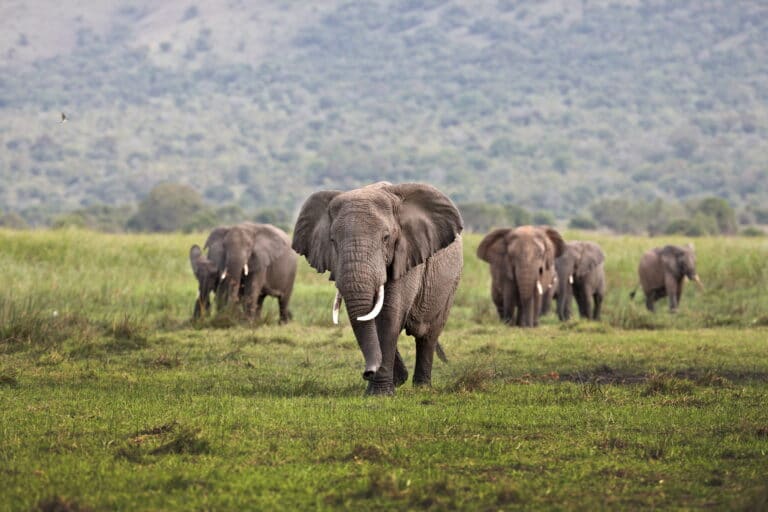






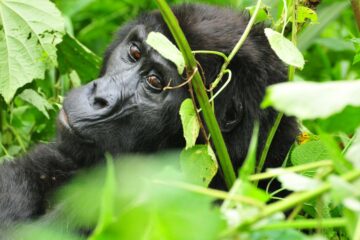
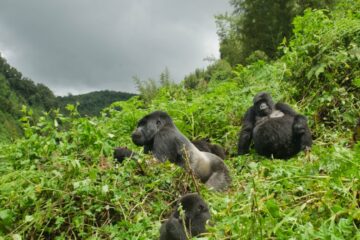

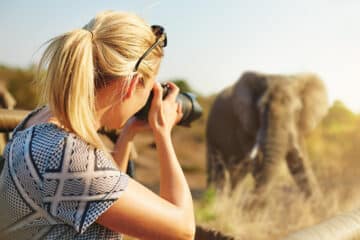
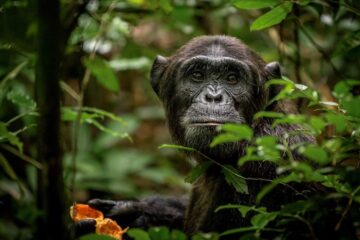
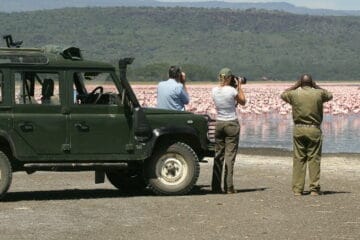
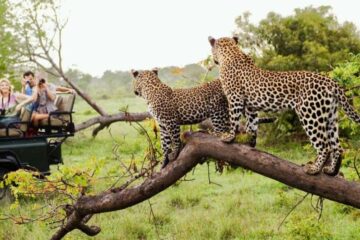
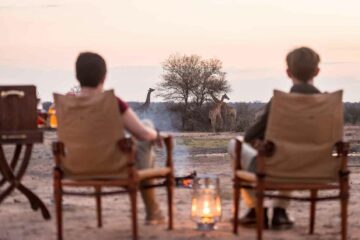

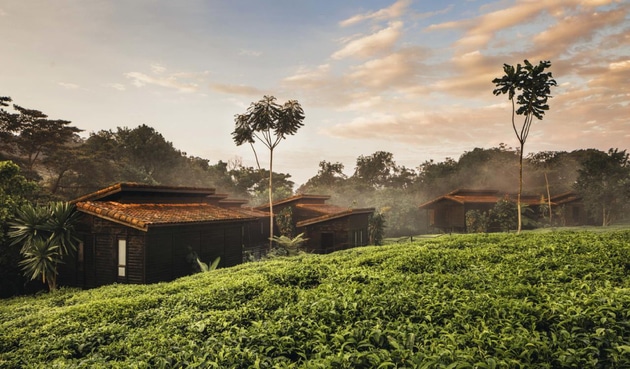 Credit: One&Only Nyungwe House
Credit: One&Only Nyungwe House 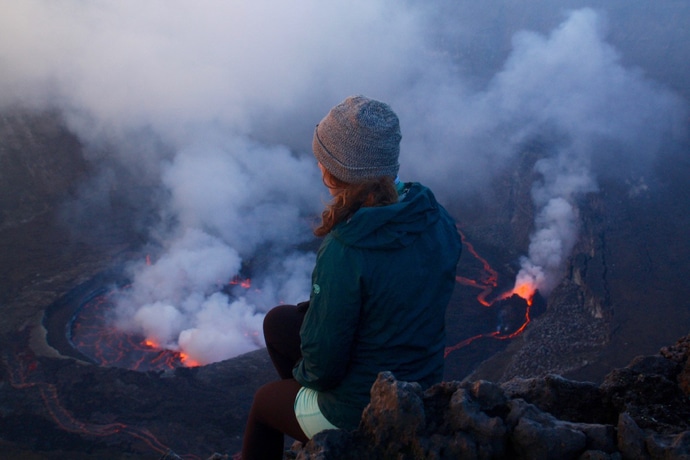 Credit: Beard and Curly
Credit: Beard and Curly 
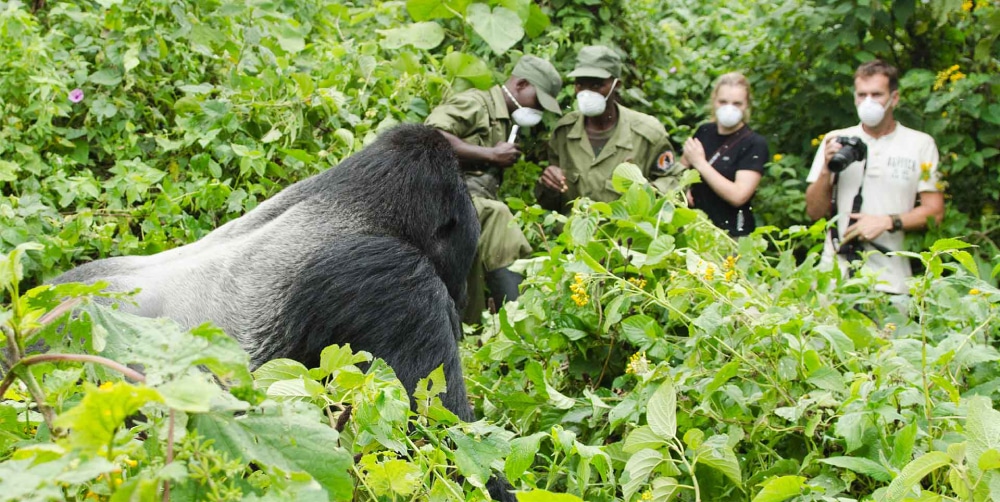
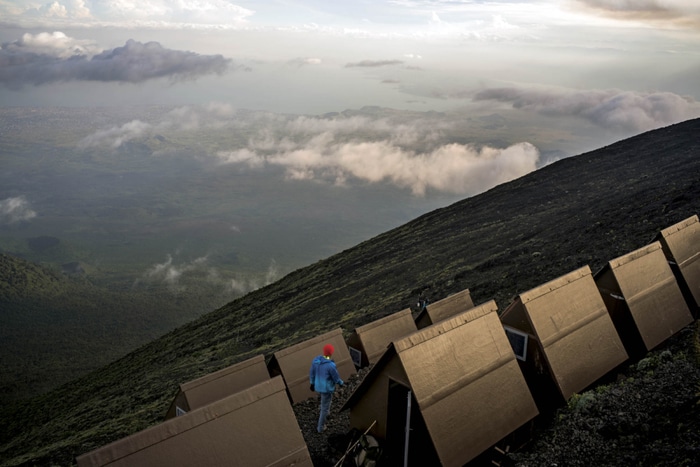 Credit: Bloomberg
Credit: Bloomberg 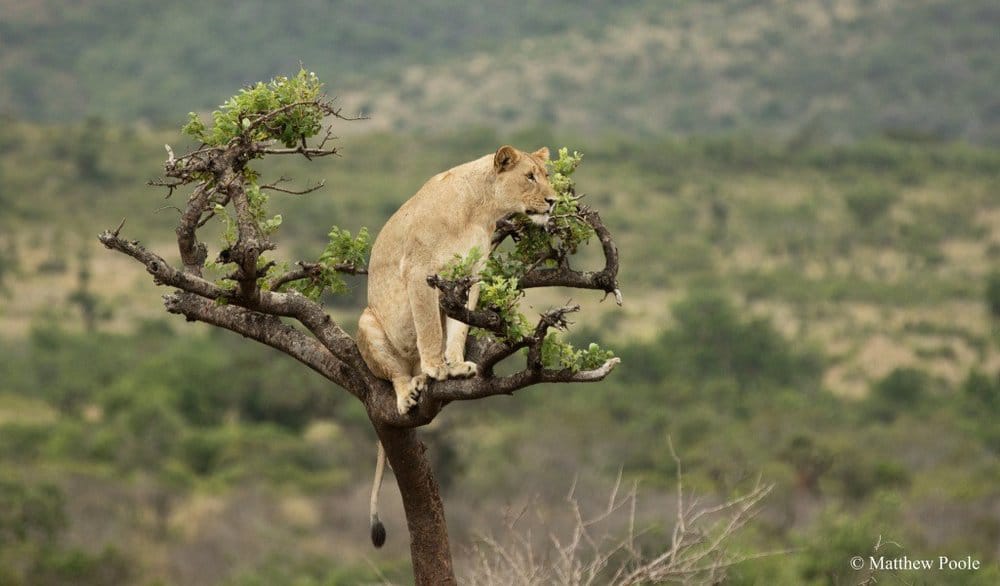
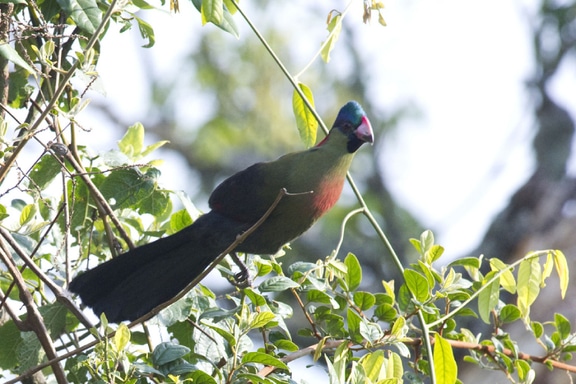 Ruwenzori turaco | Credit: Rwanda Tourism
Ruwenzori turaco | Credit: Rwanda Tourism 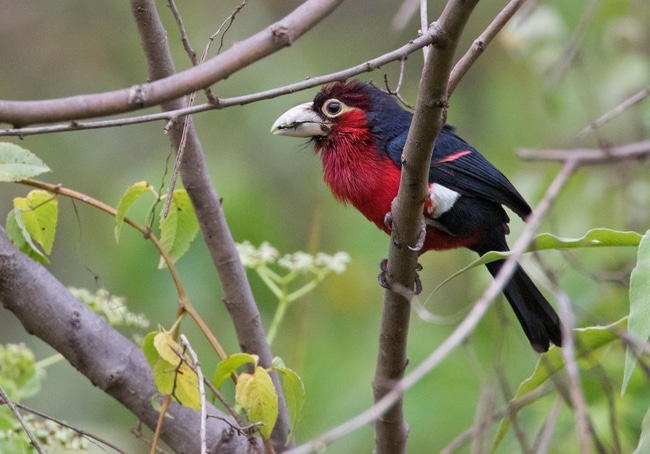 Double-toothed barbet
Double-toothed barbet 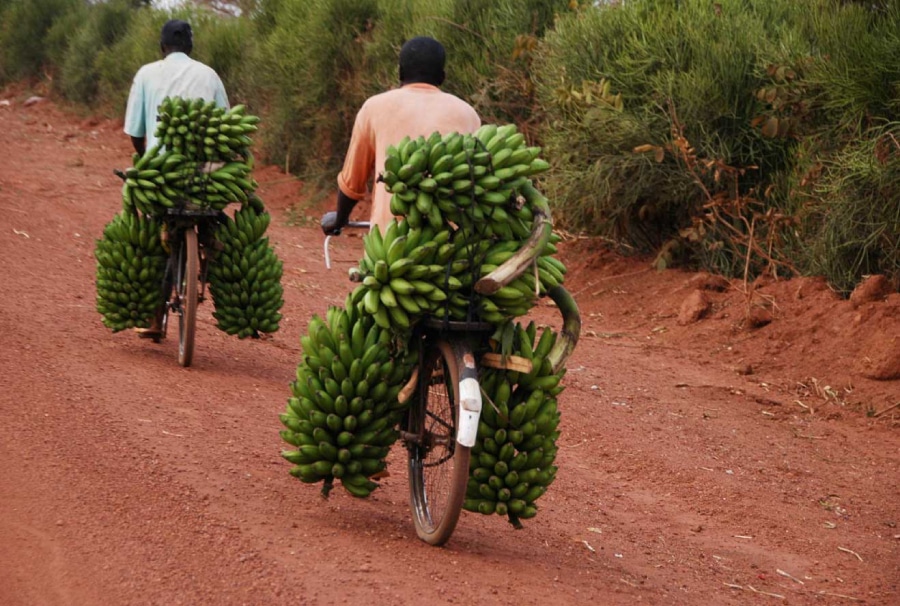

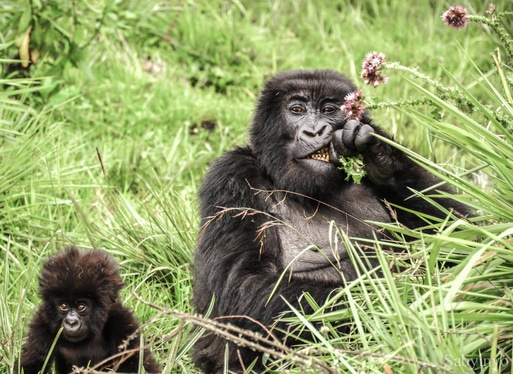
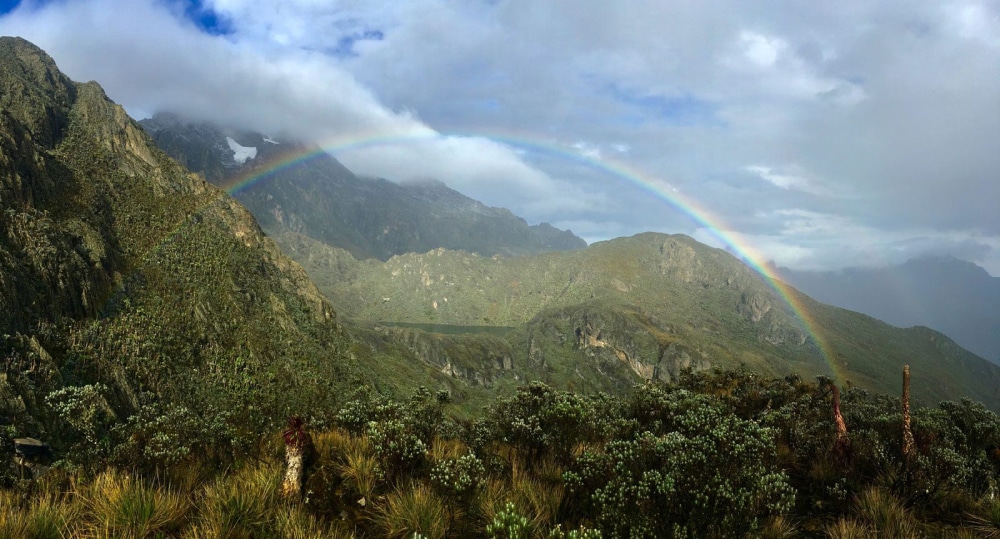 Credit: secretcompass.com
Credit: secretcompass.com 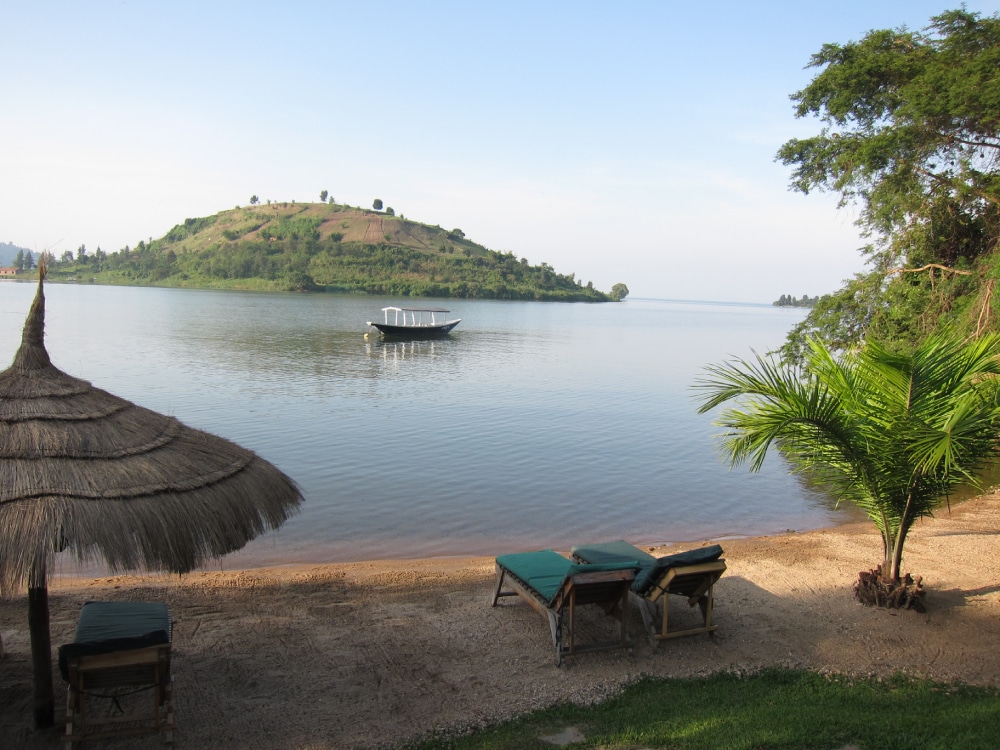
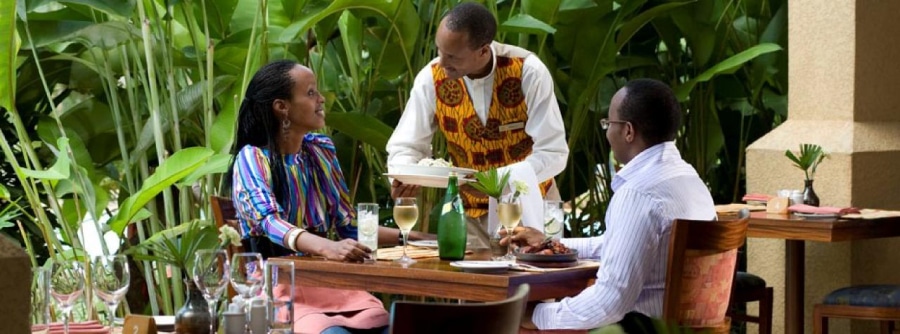 It’s extraordinarily green, and not just in terms of the hues you’re surrounded by. The country is a global leader in sustainable development, employing a variety of intelligent approaches to safeguarding the planet’s resources.
It’s extraordinarily green, and not just in terms of the hues you’re surrounded by. The country is a global leader in sustainable development, employing a variety of intelligent approaches to safeguarding the planet’s resources.
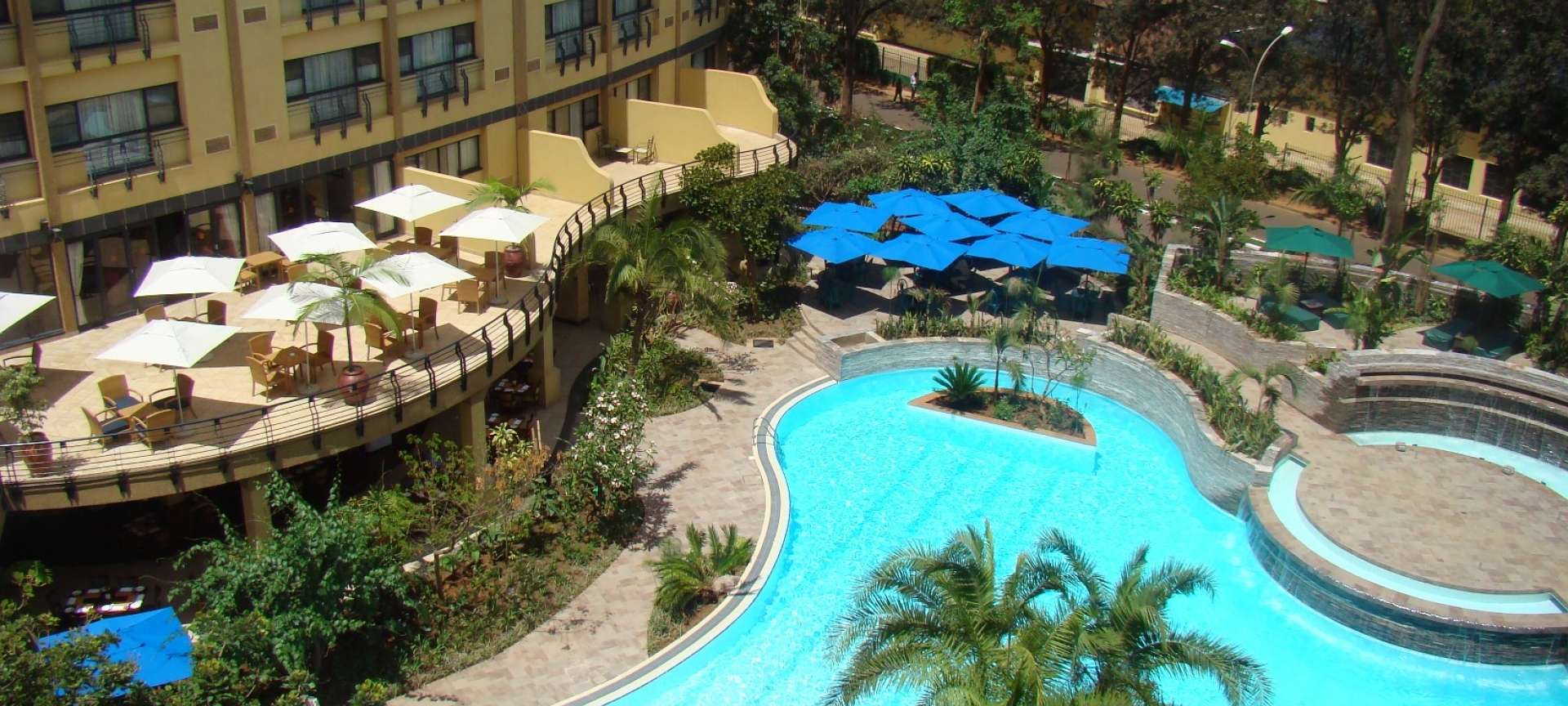
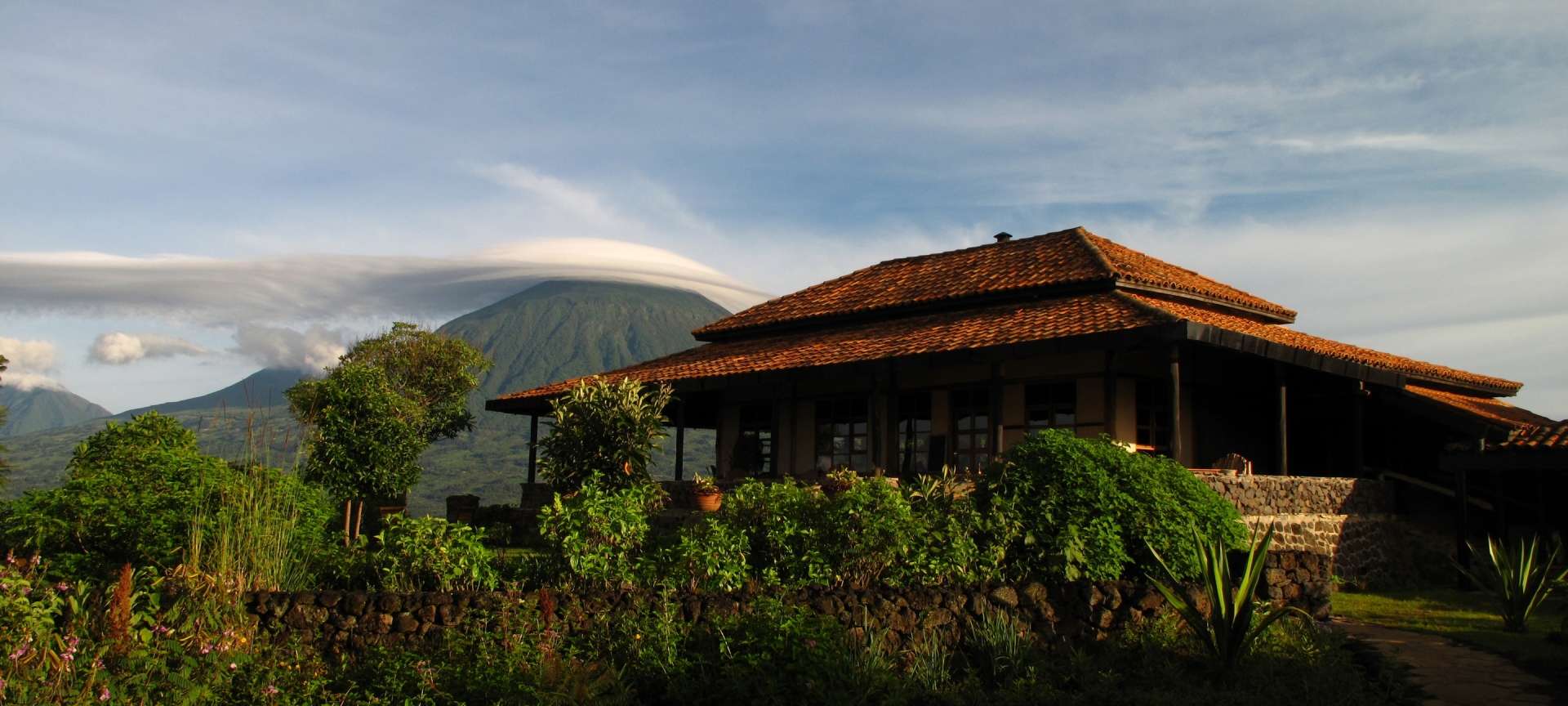 The hotel also offers nature hikes, boat cruises, massages, and other activities in addition to gorilla tracking. With a good book and a bottle of wine, curl up close to the fireplace or on the picturesque porch on your Rwanda honeymoon.
The hotel also offers nature hikes, boat cruises, massages, and other activities in addition to gorilla tracking. With a good book and a bottle of wine, curl up close to the fireplace or on the picturesque porch on your Rwanda honeymoon.
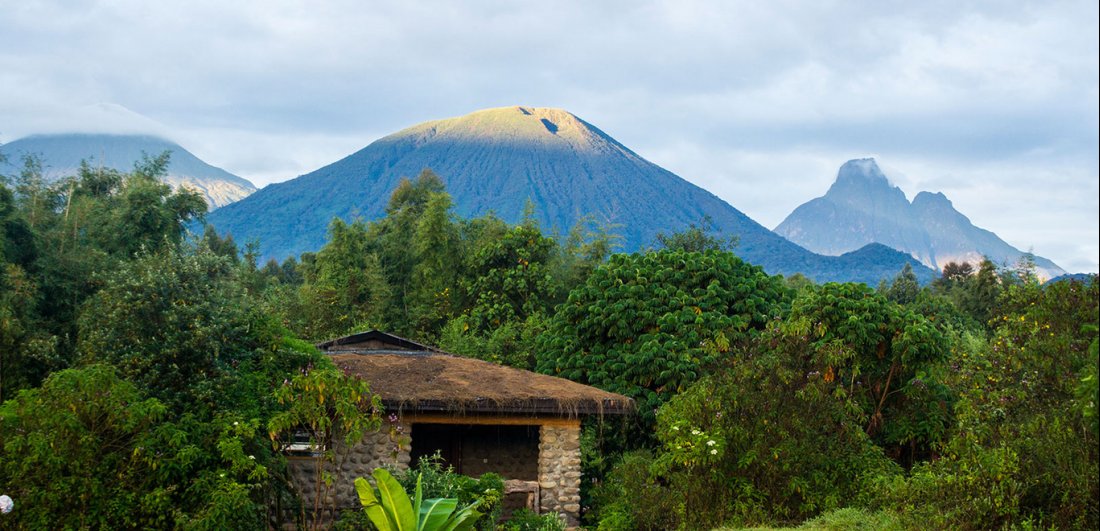 Mountain Gorilla View Lodge has 30 cabins. The ecolodge was built with locally sourced materials to minimize environmental impact. Each hut features a fireplace and a tea/coffee maker. The ecolodge supports the local rural communities by serving farm-fresh products in its restaurant.
Mountain Gorilla View Lodge has 30 cabins. The ecolodge was built with locally sourced materials to minimize environmental impact. Each hut features a fireplace and a tea/coffee maker. The ecolodge supports the local rural communities by serving farm-fresh products in its restaurant.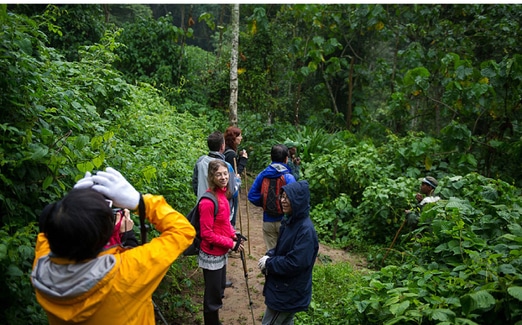
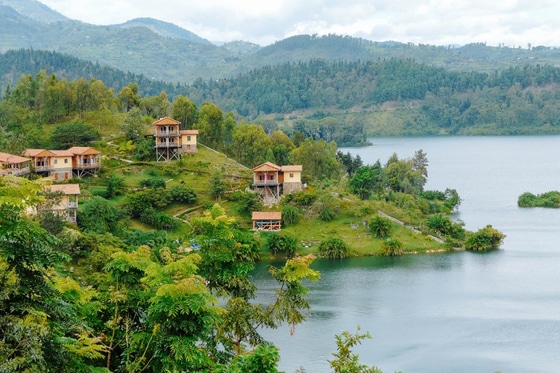 Comoran Lodge, Lake Kivu
Comoran Lodge, Lake Kivu 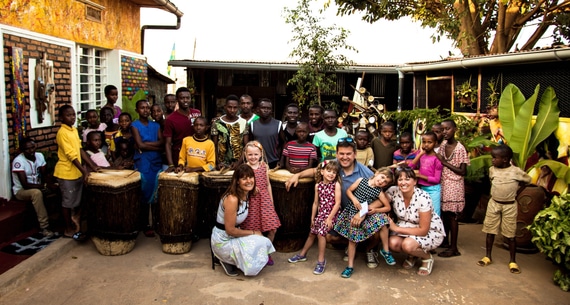 Credit: Mini Travellers
Credit: Mini Travellers 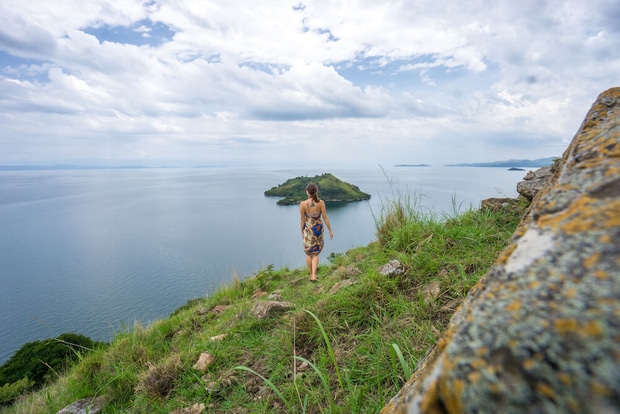
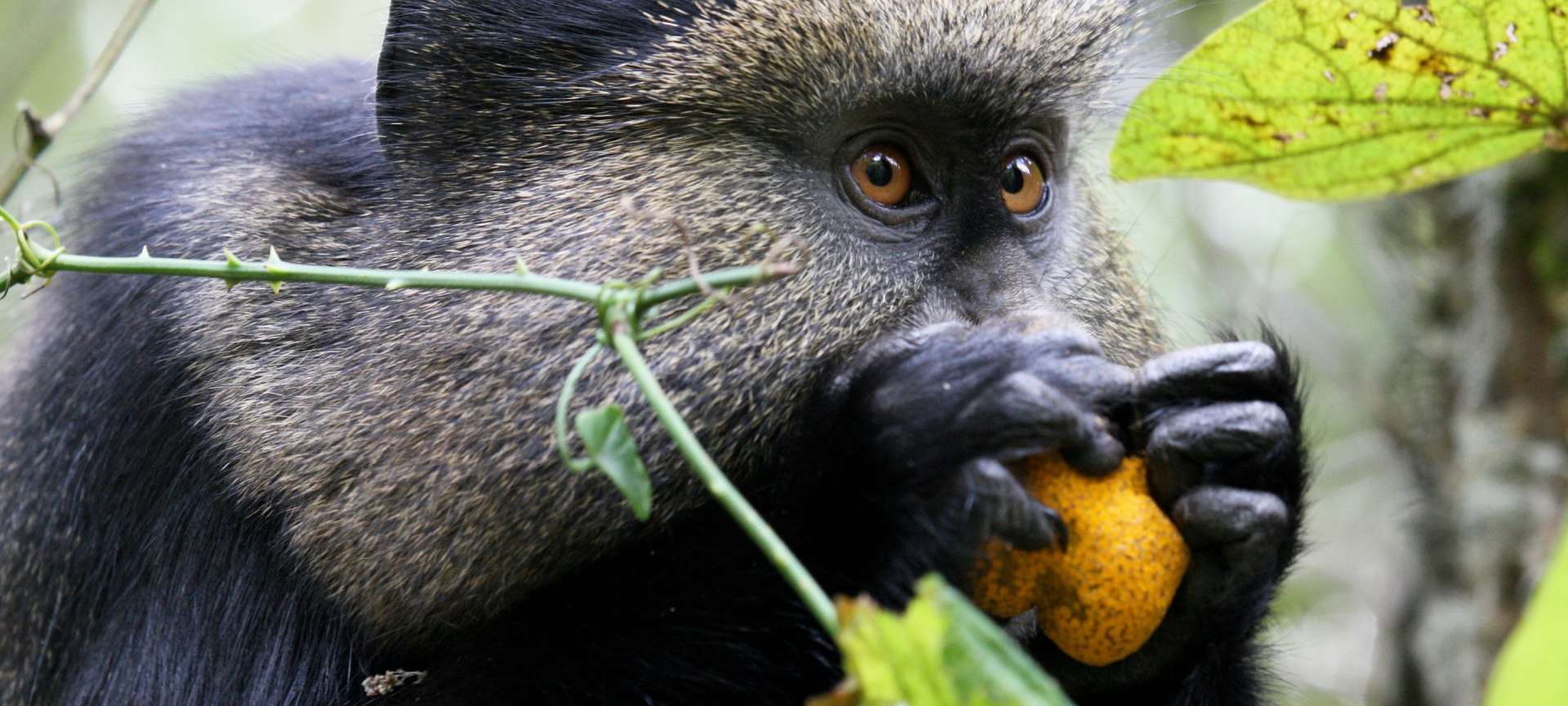 Golden monkey in Volcanoes National Park
Golden monkey in Volcanoes National Park 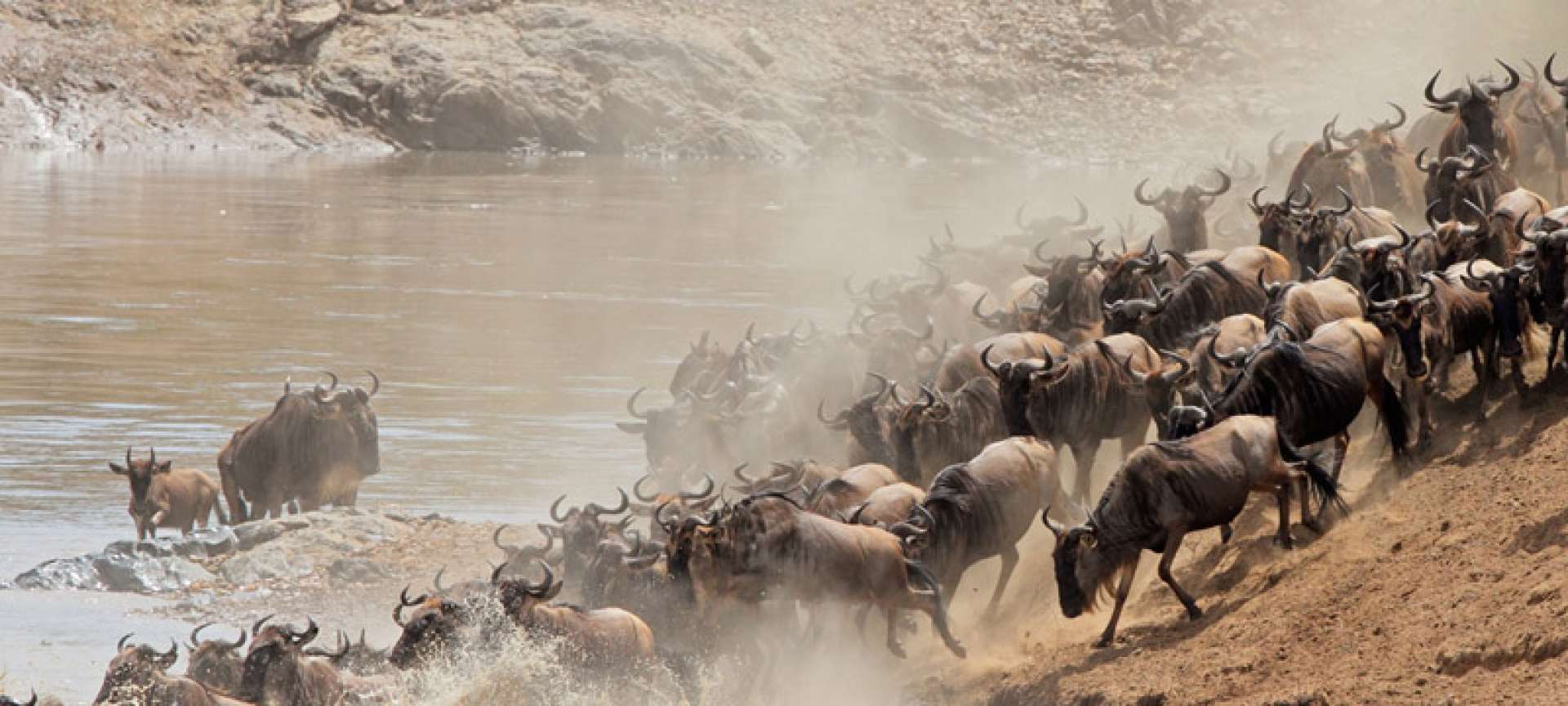 The Great Migration Mara river crossing in Kenya
The Great Migration Mara river crossing in Kenya 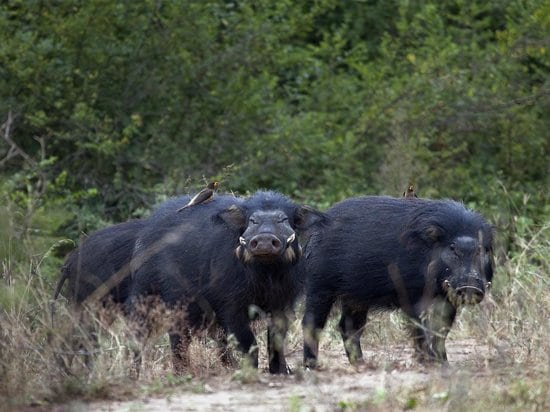 The Giant forest hog can reach a length of between 1,3 and 2,1 metres
The Giant forest hog can reach a length of between 1,3 and 2,1 metres 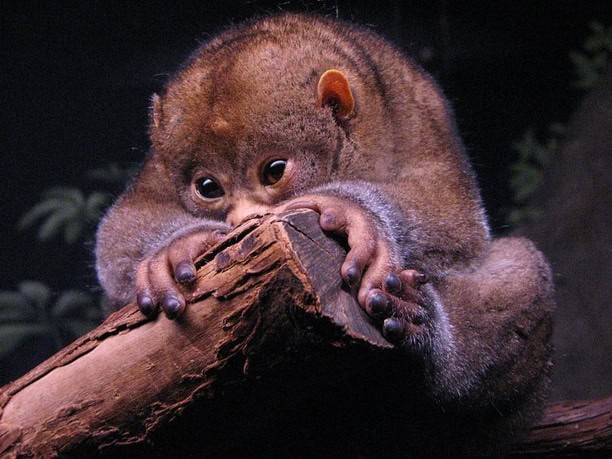 The unusual potto
The unusual potto 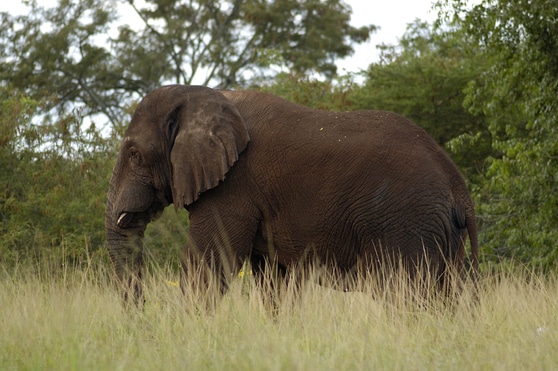
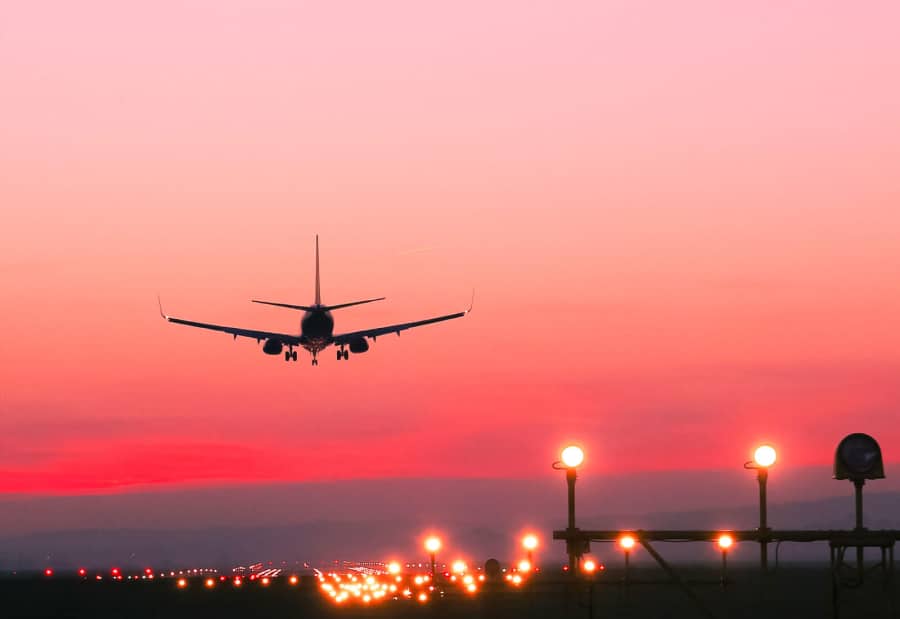
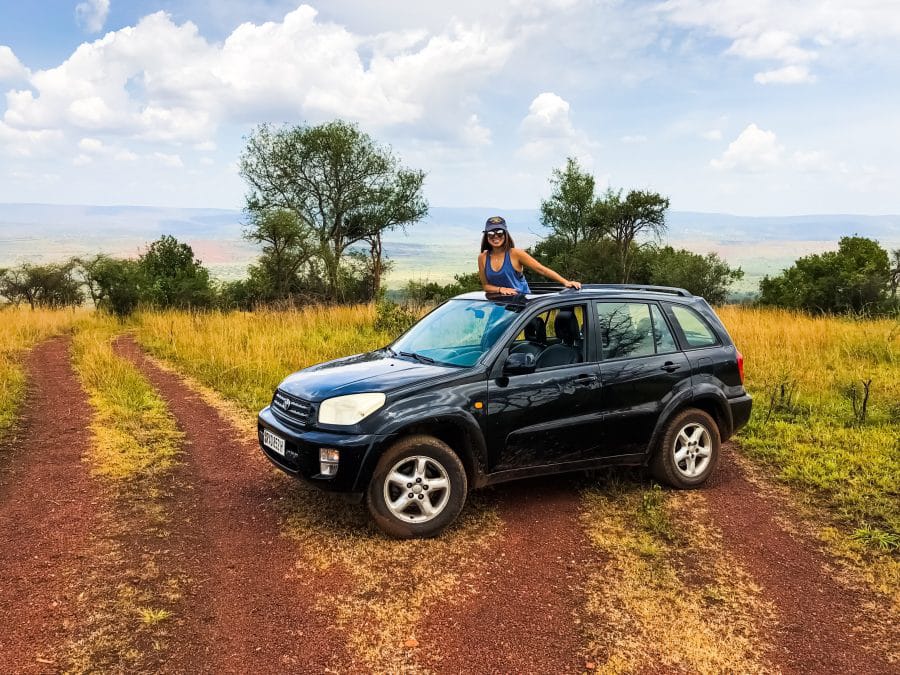 Credit: MVMT Blog
Credit: MVMT Blog 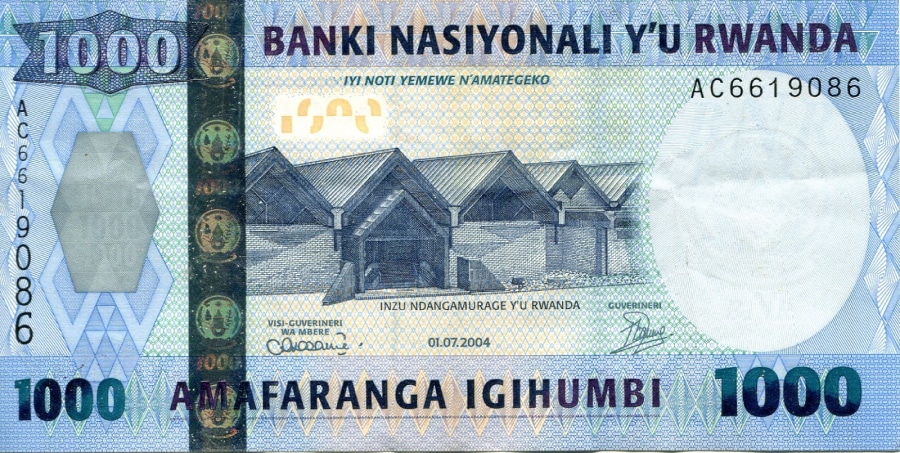
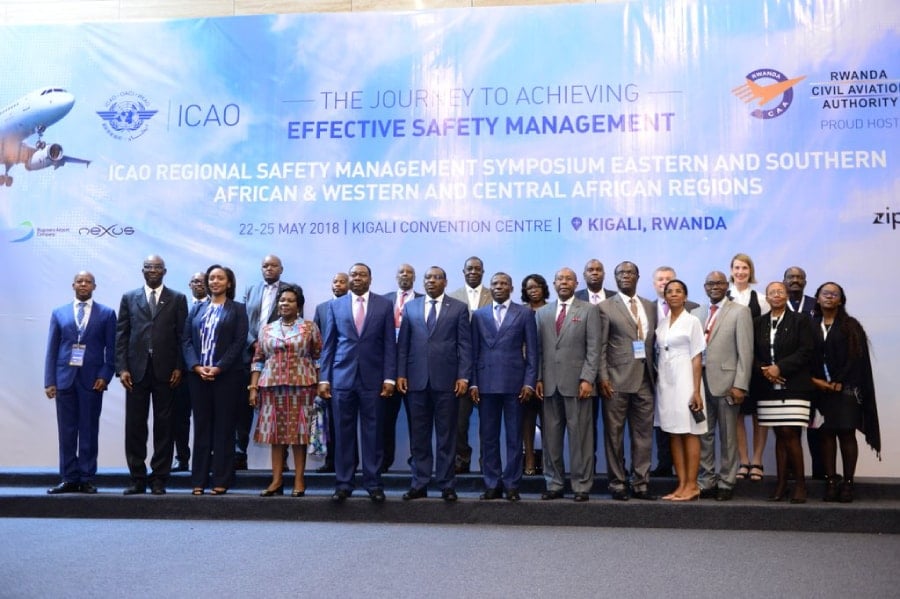
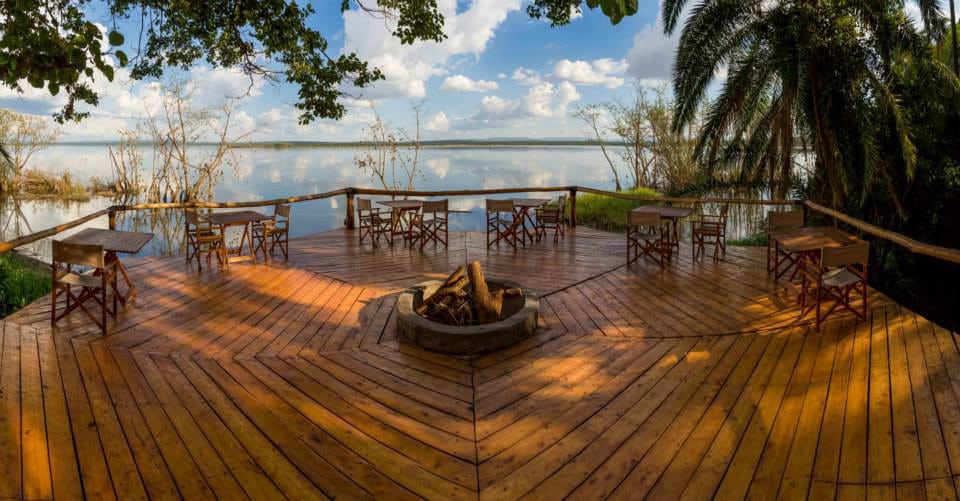 Ruzizi Tented Lodge, Akagera National Park
Ruzizi Tented Lodge, Akagera National Park 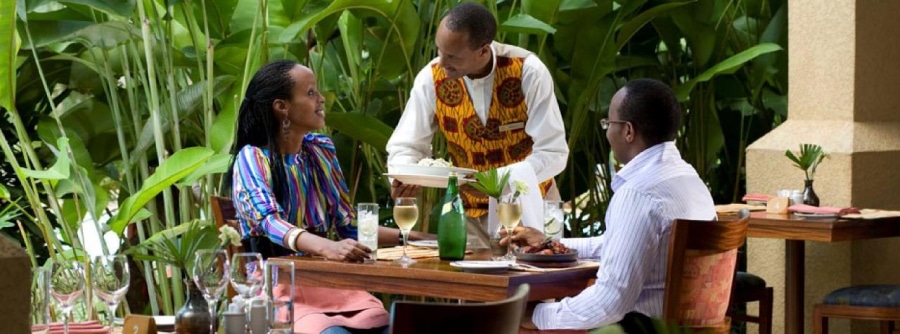 Kigali Serena Hotel
Kigali Serena Hotel 